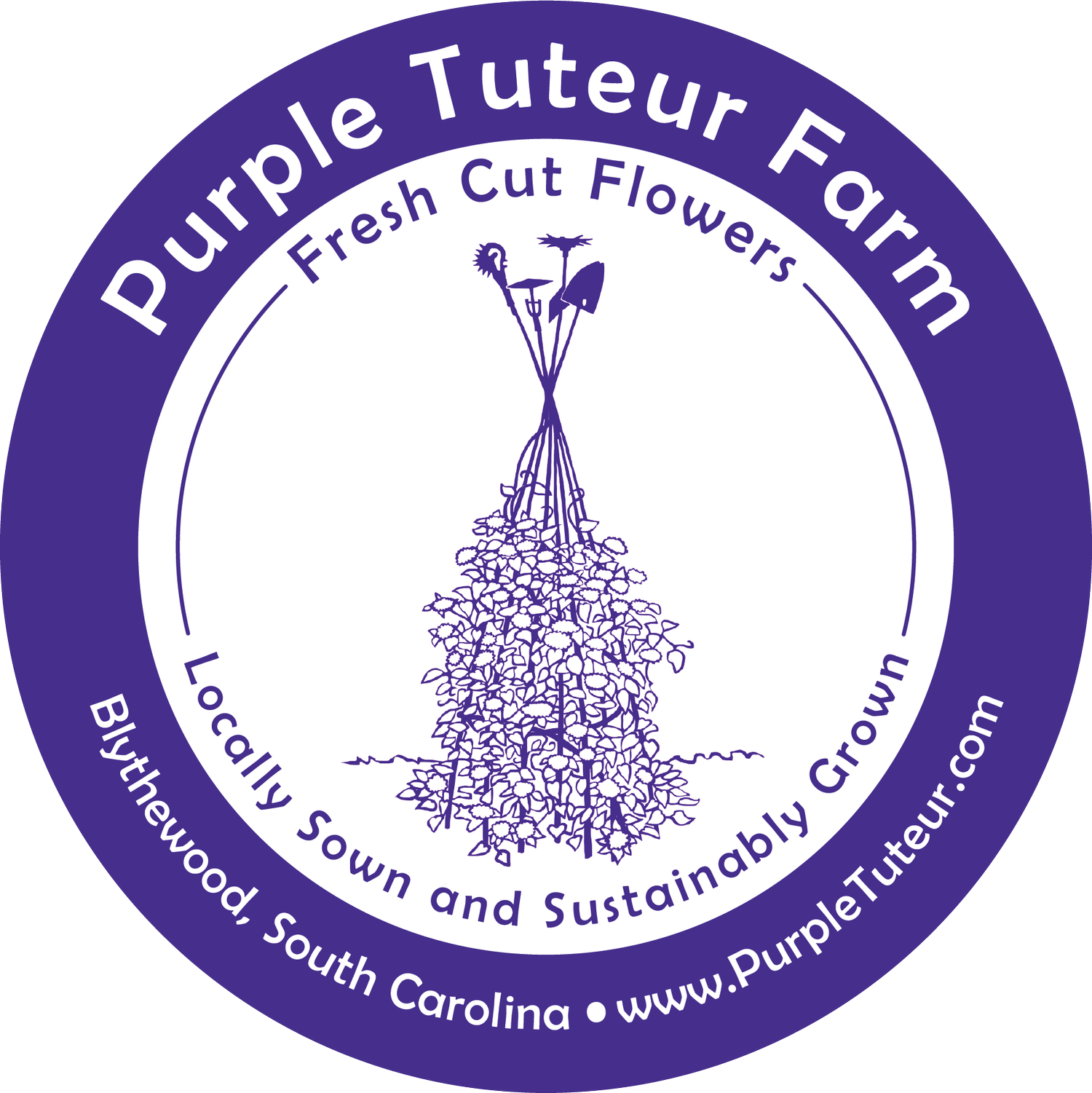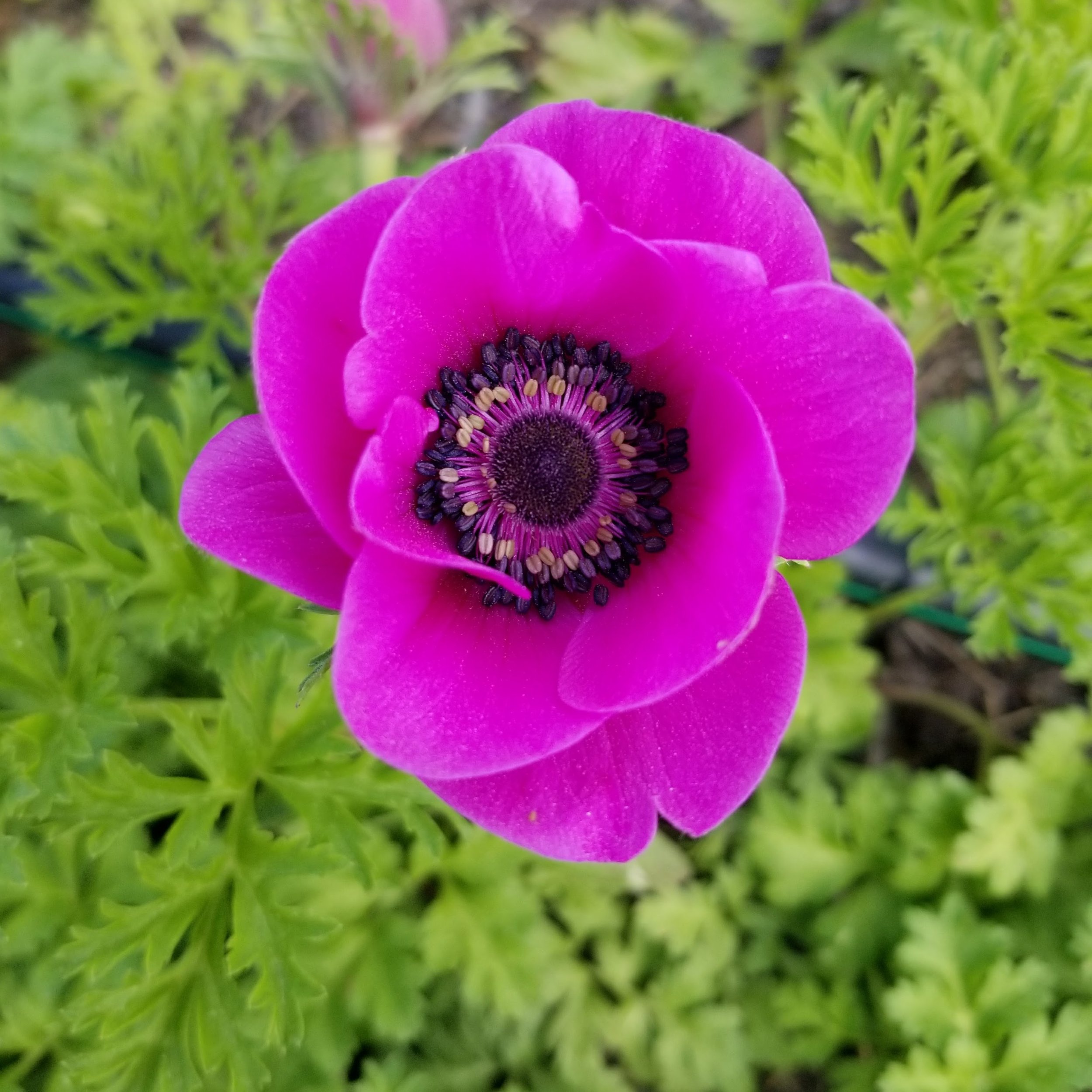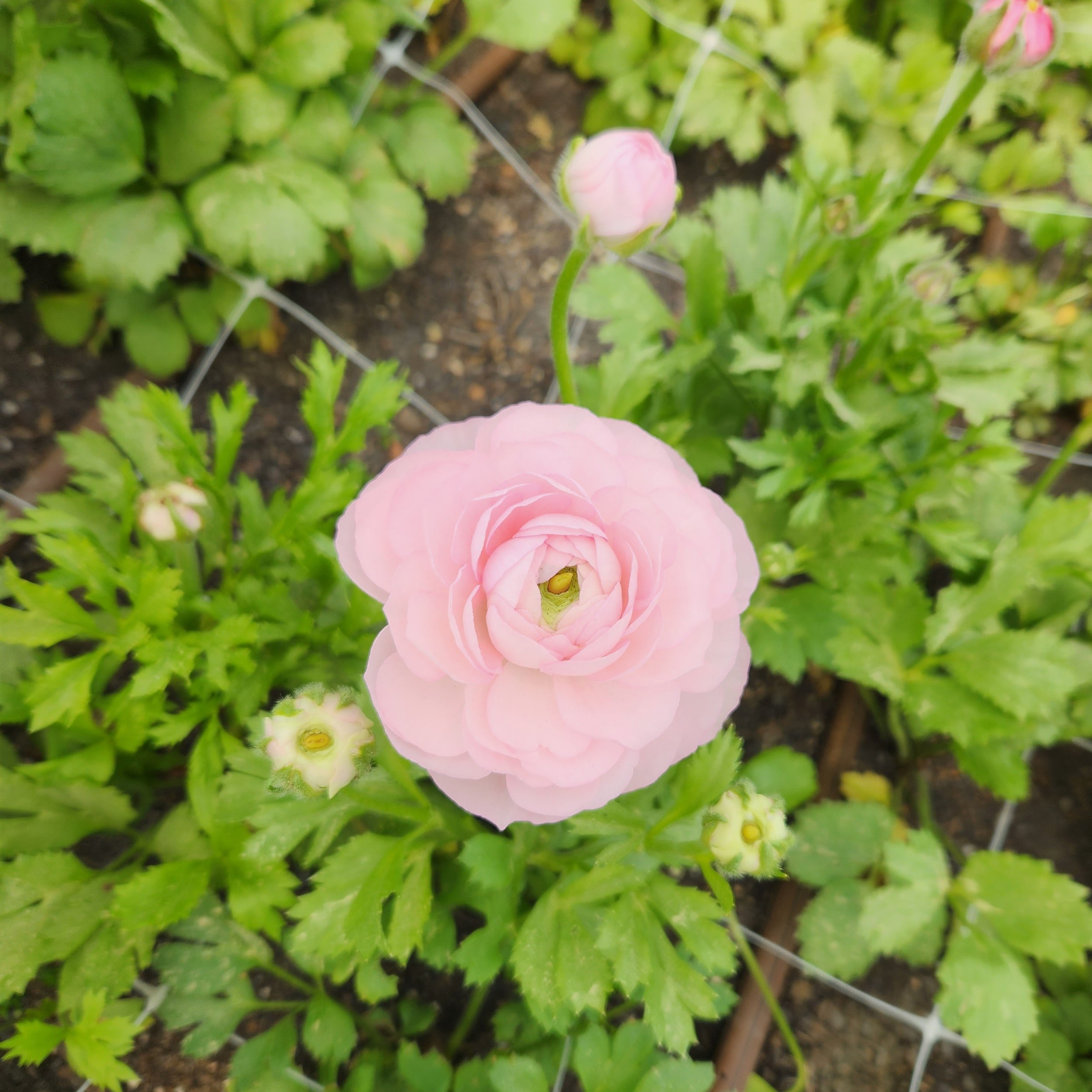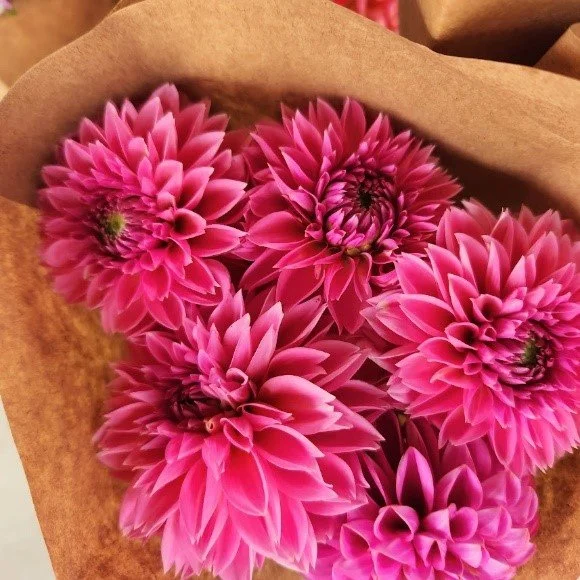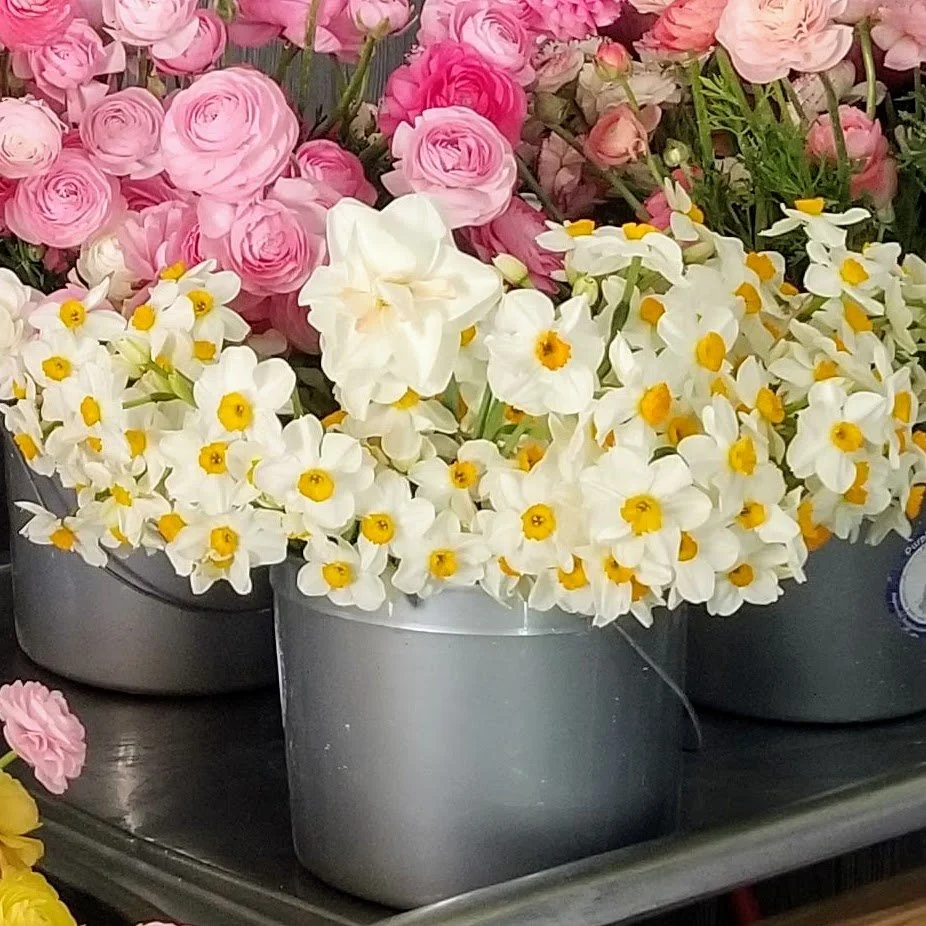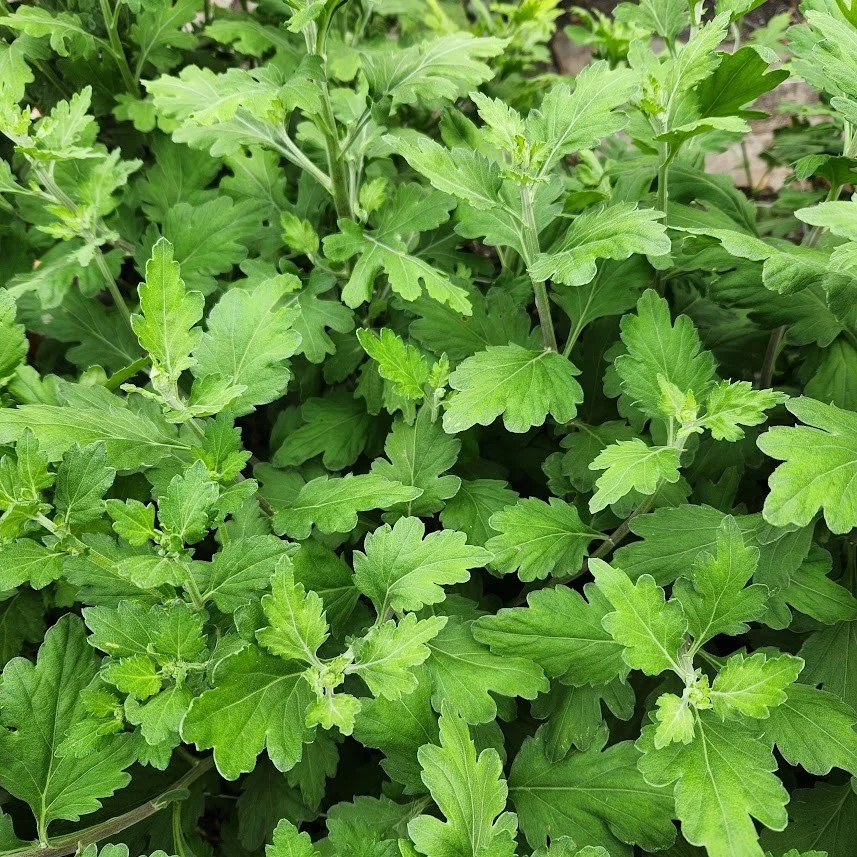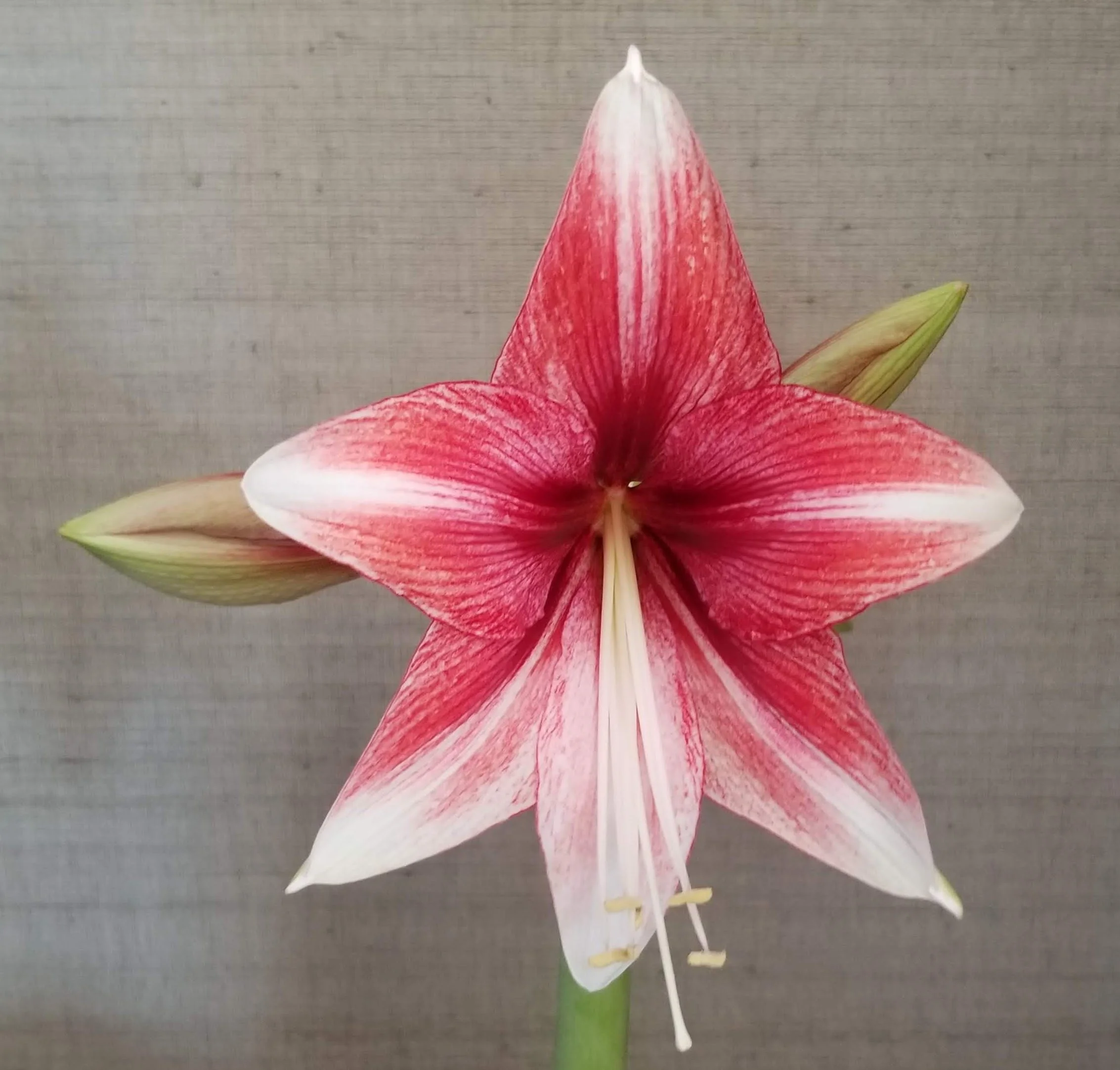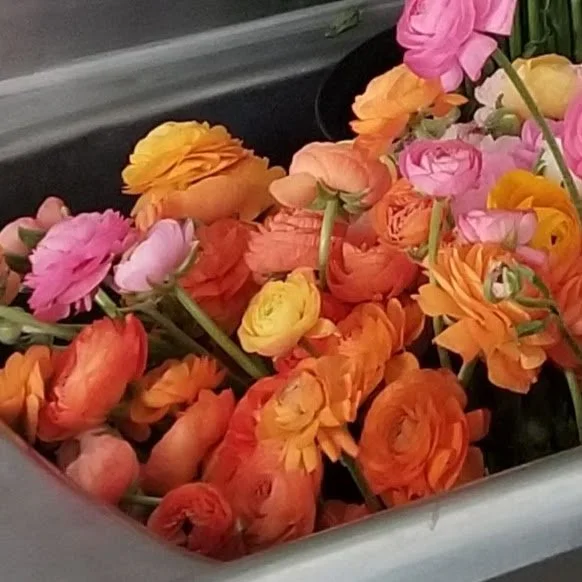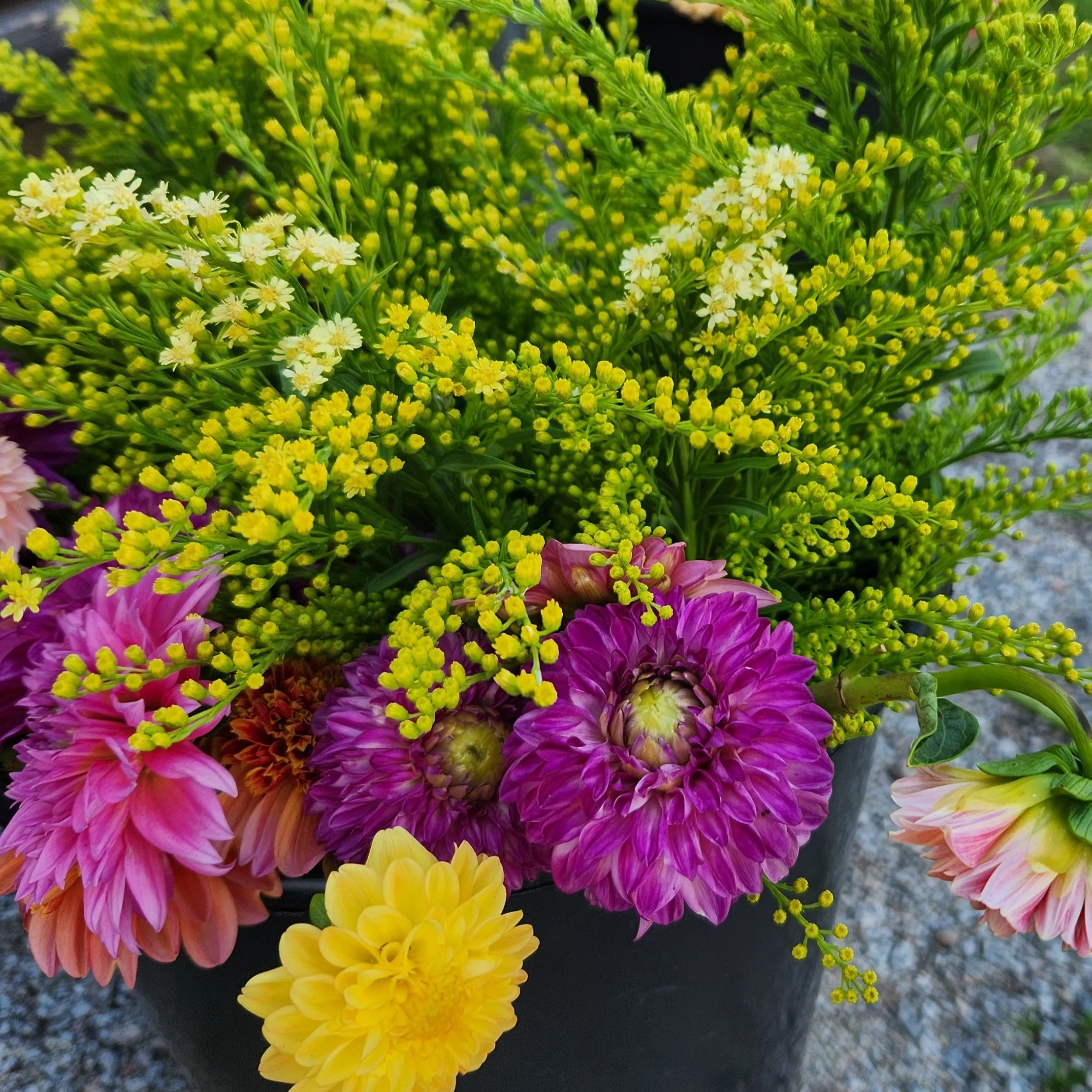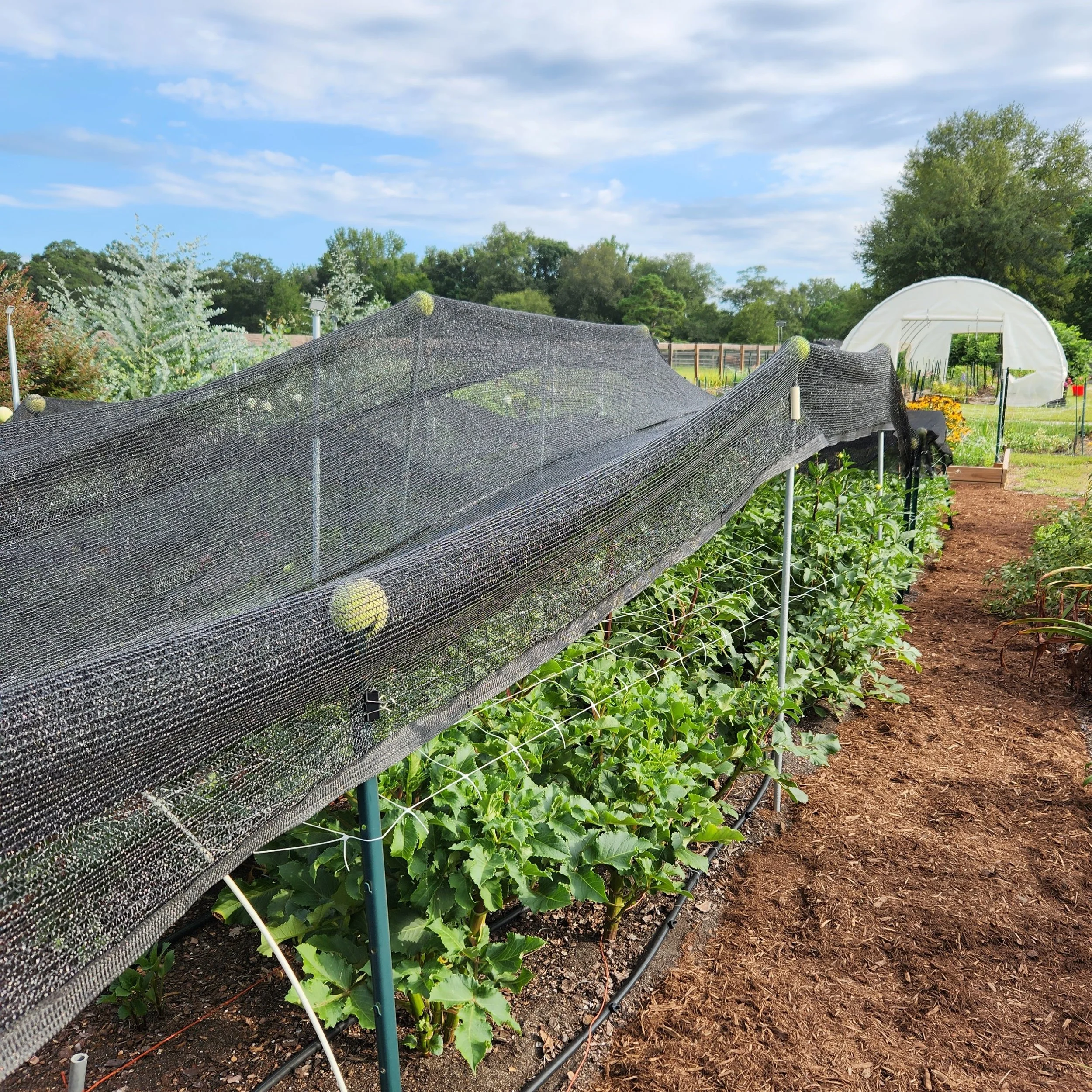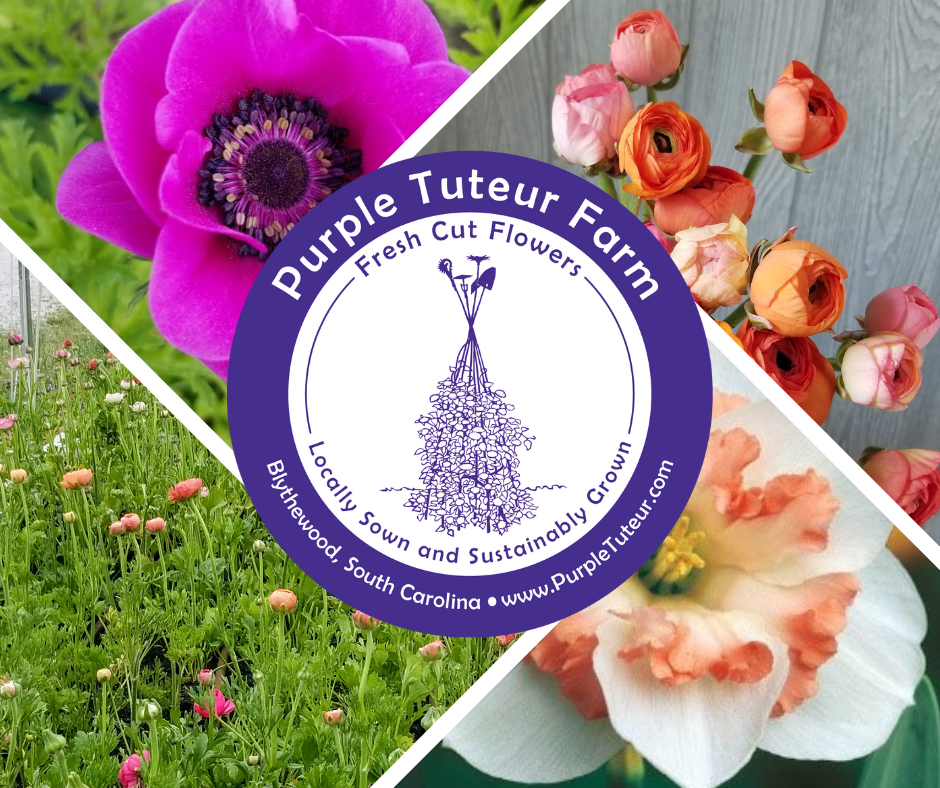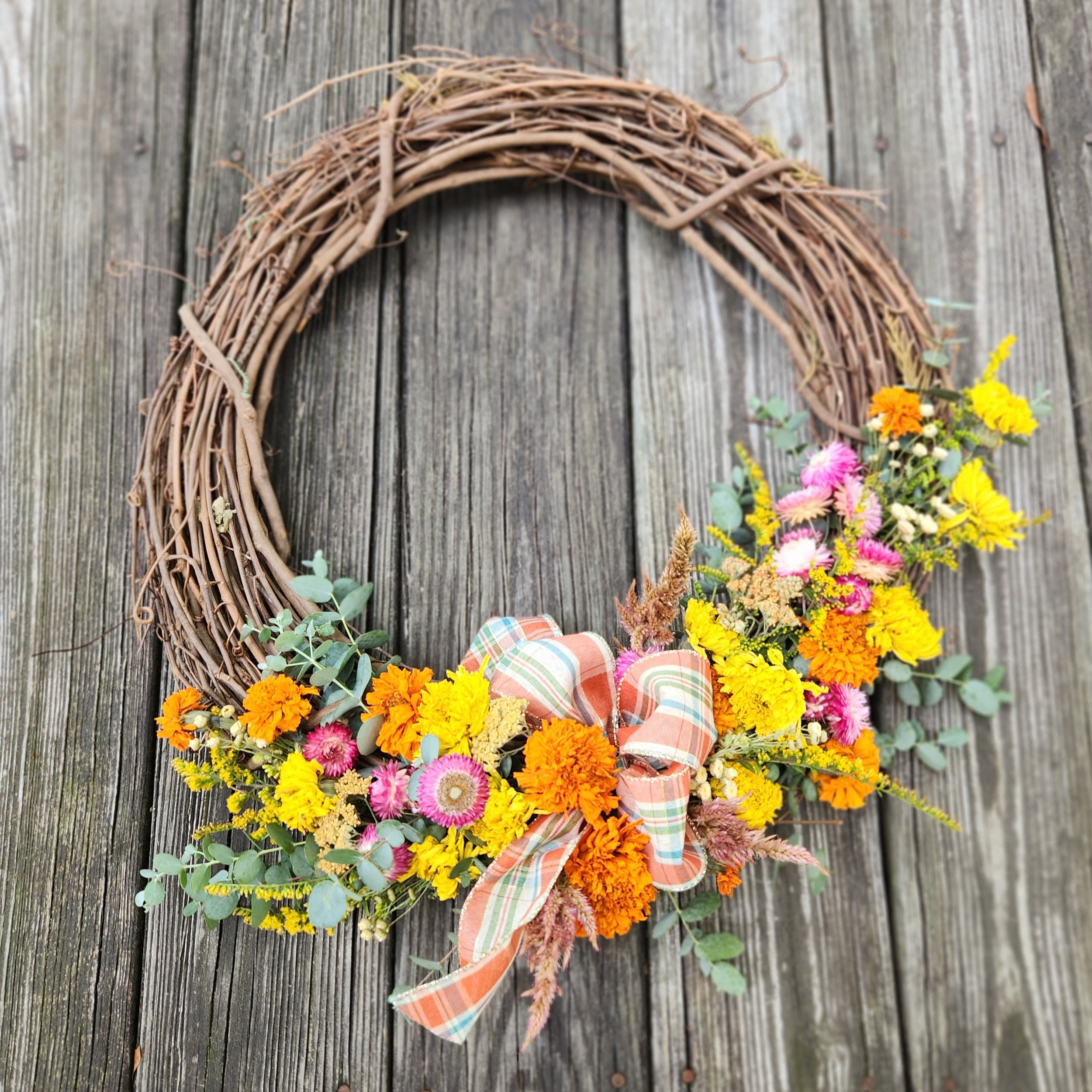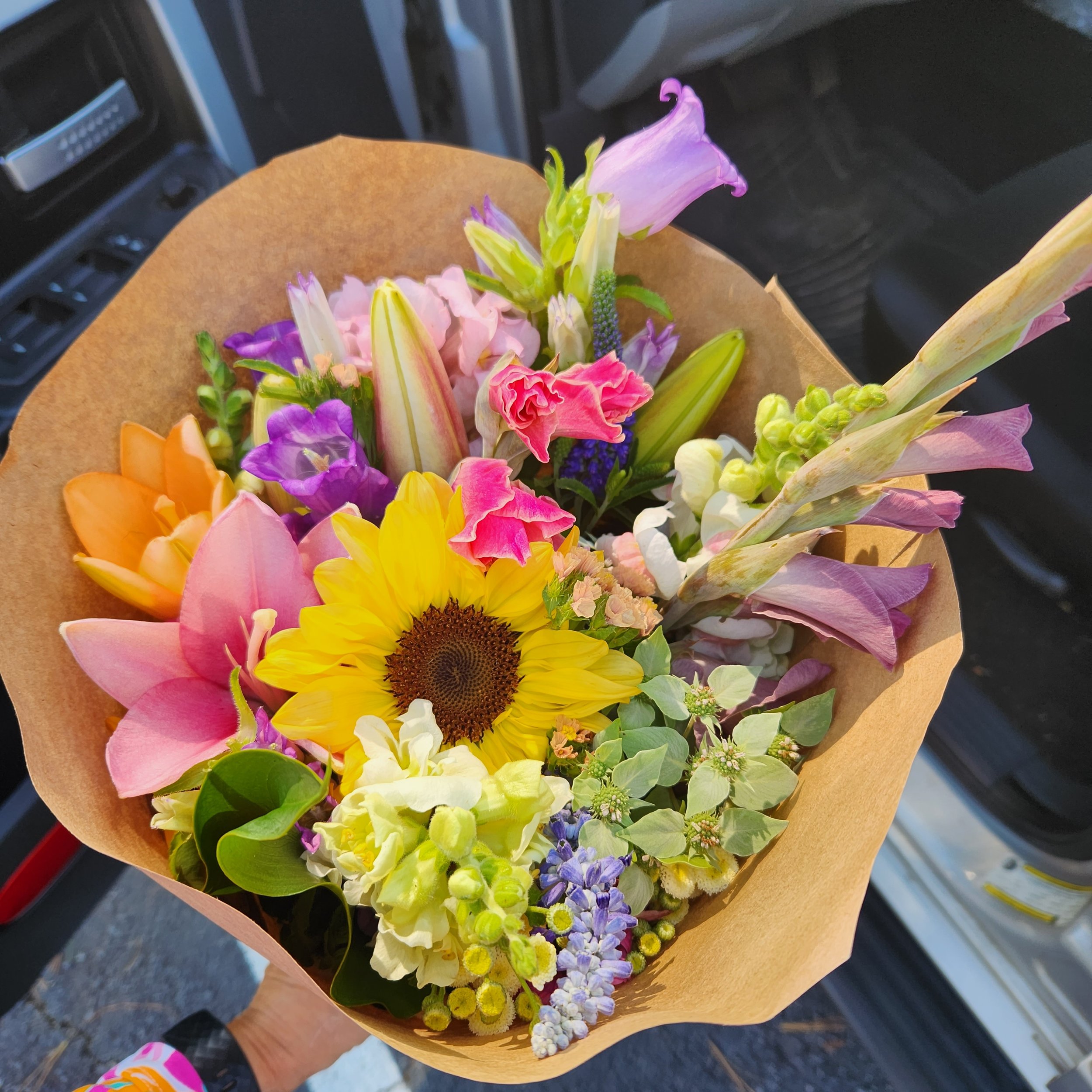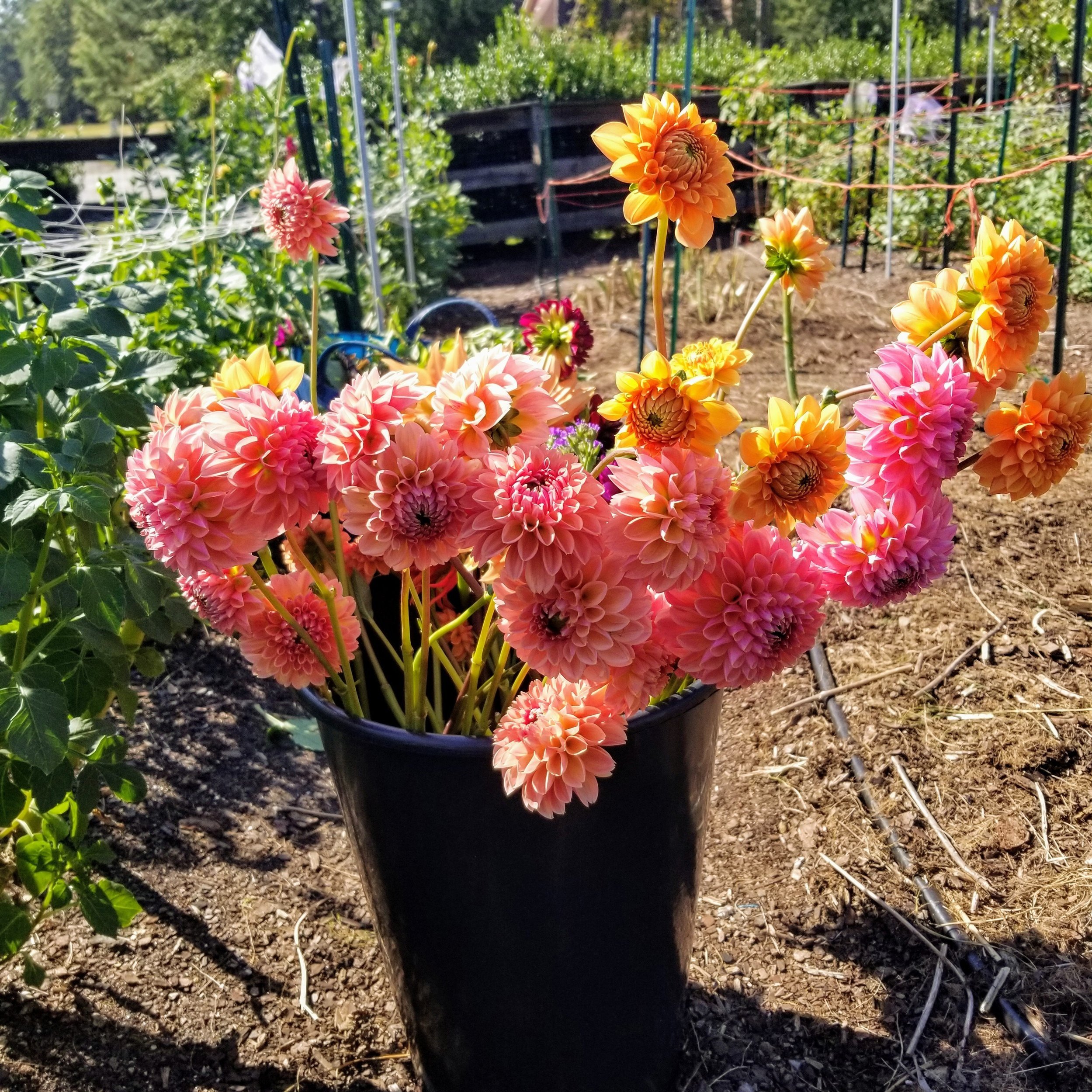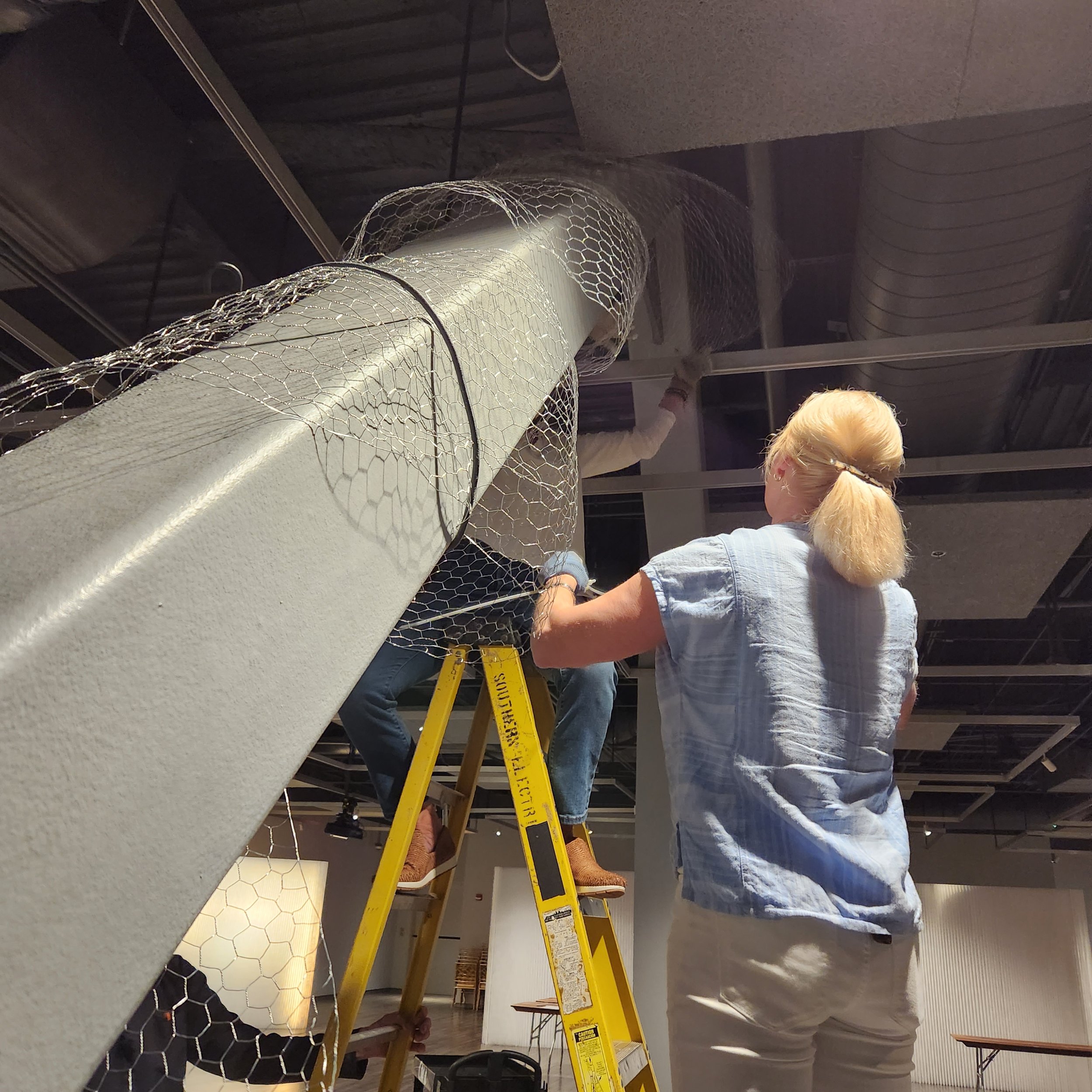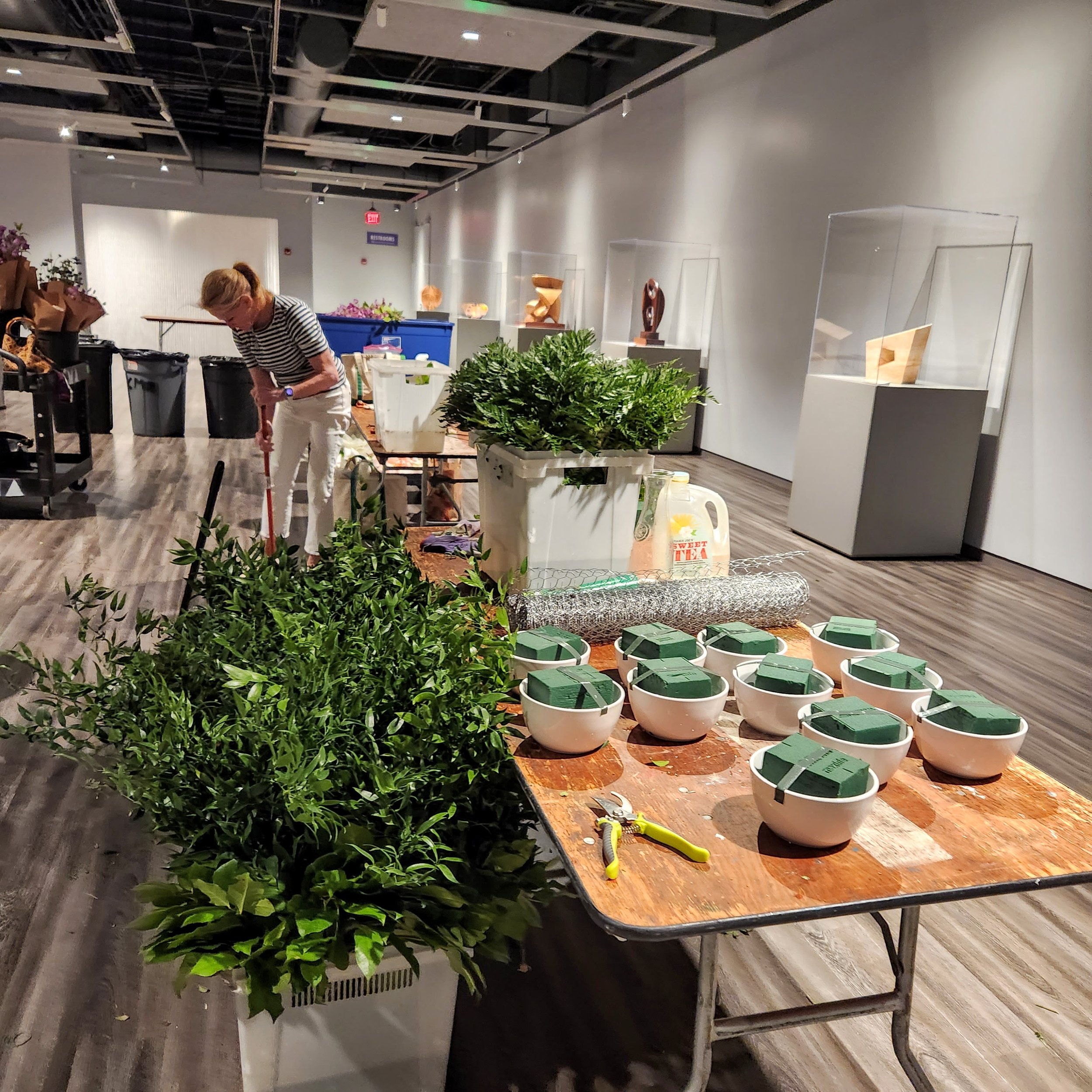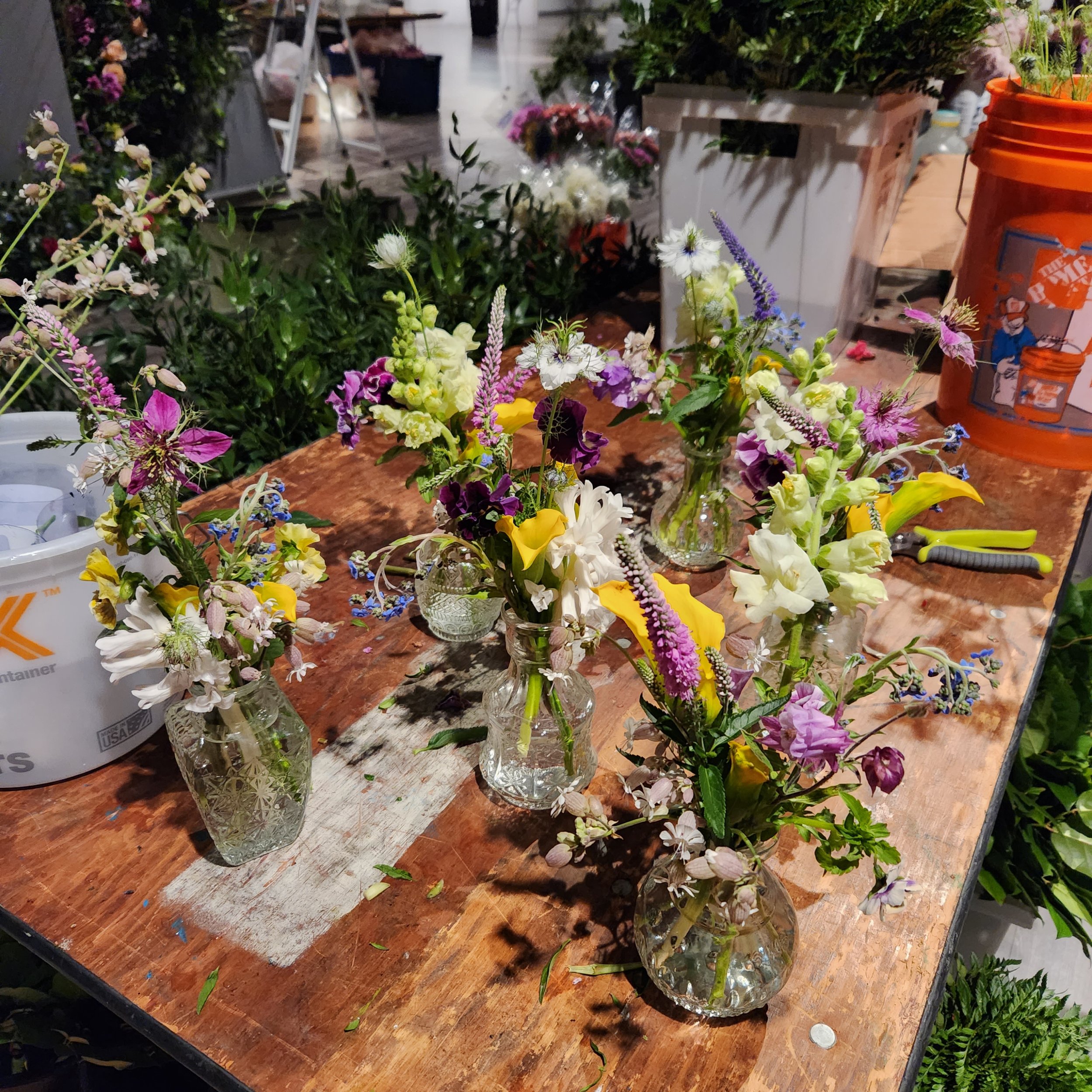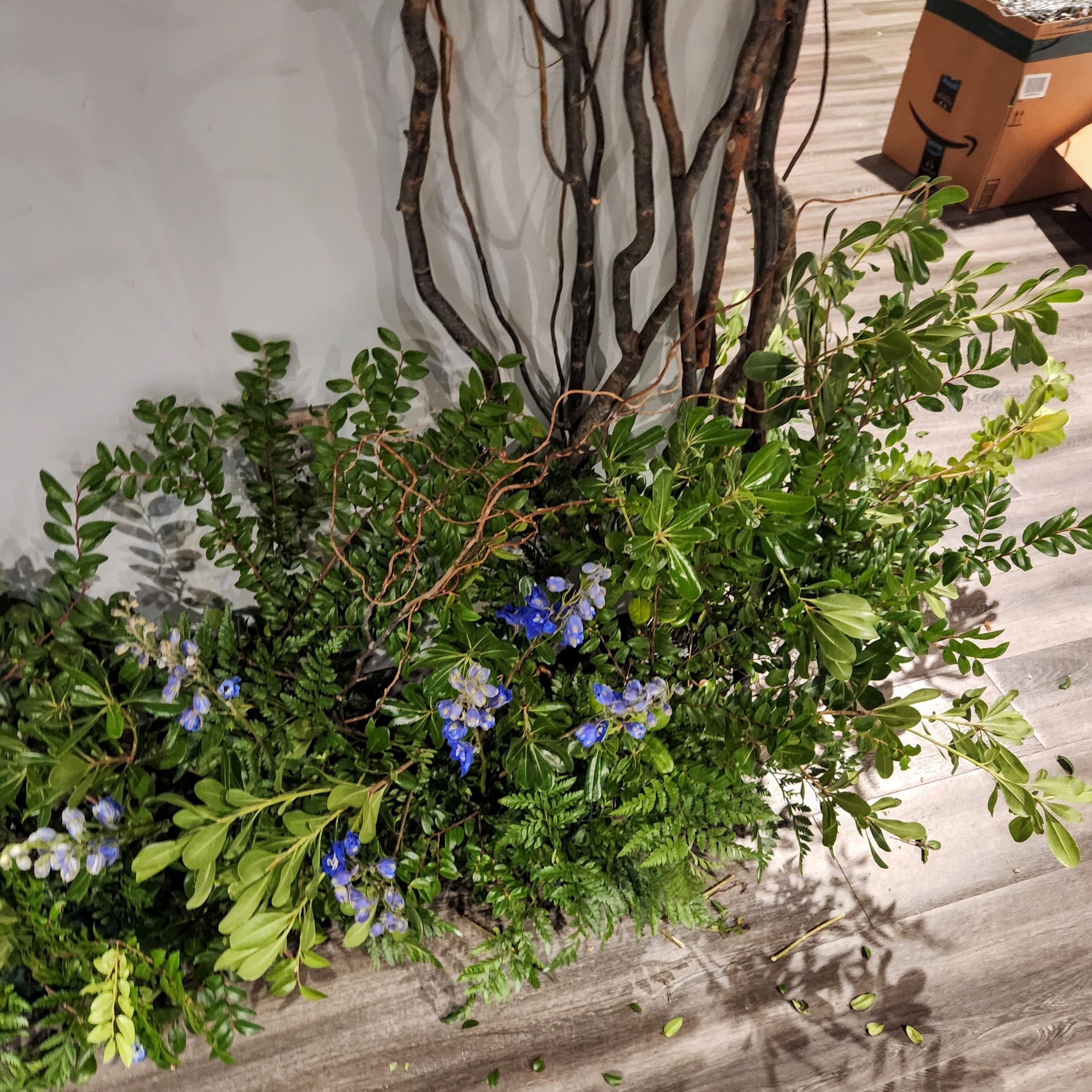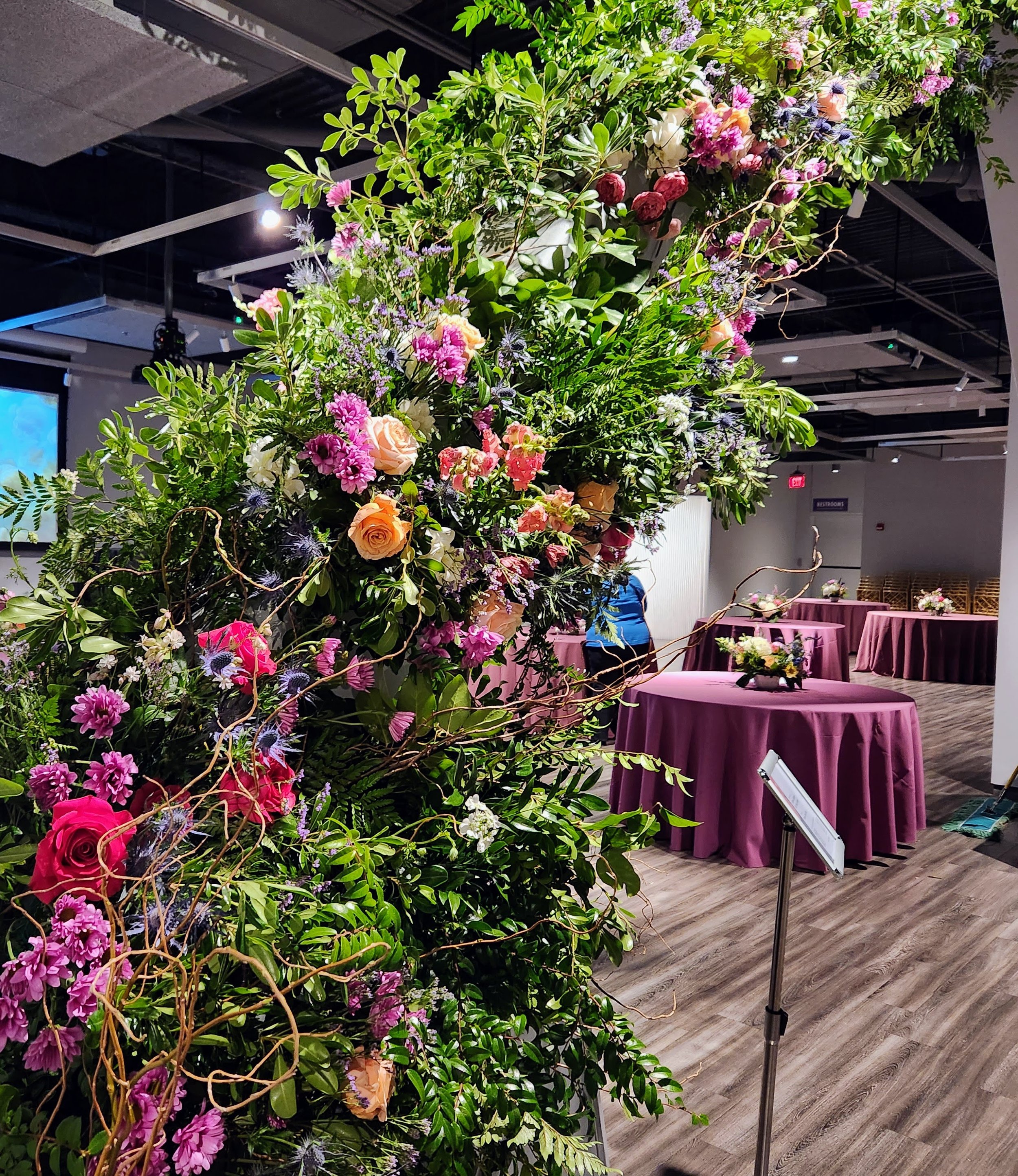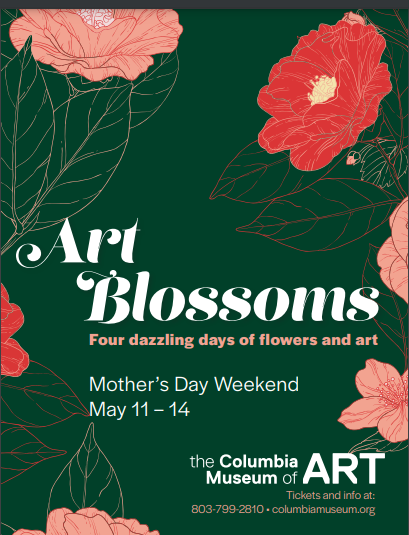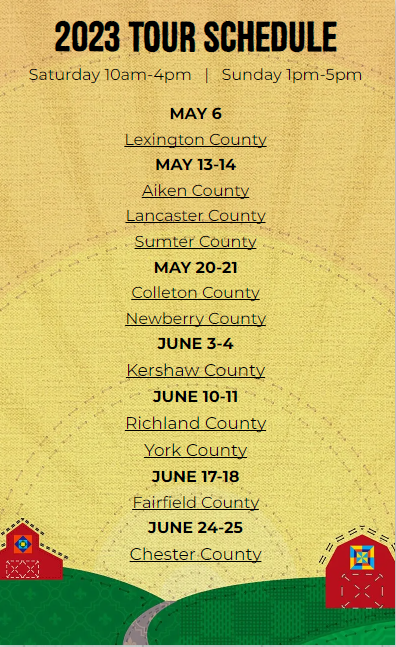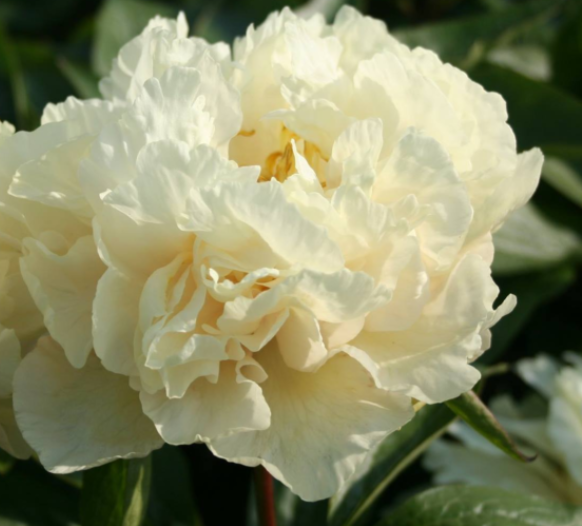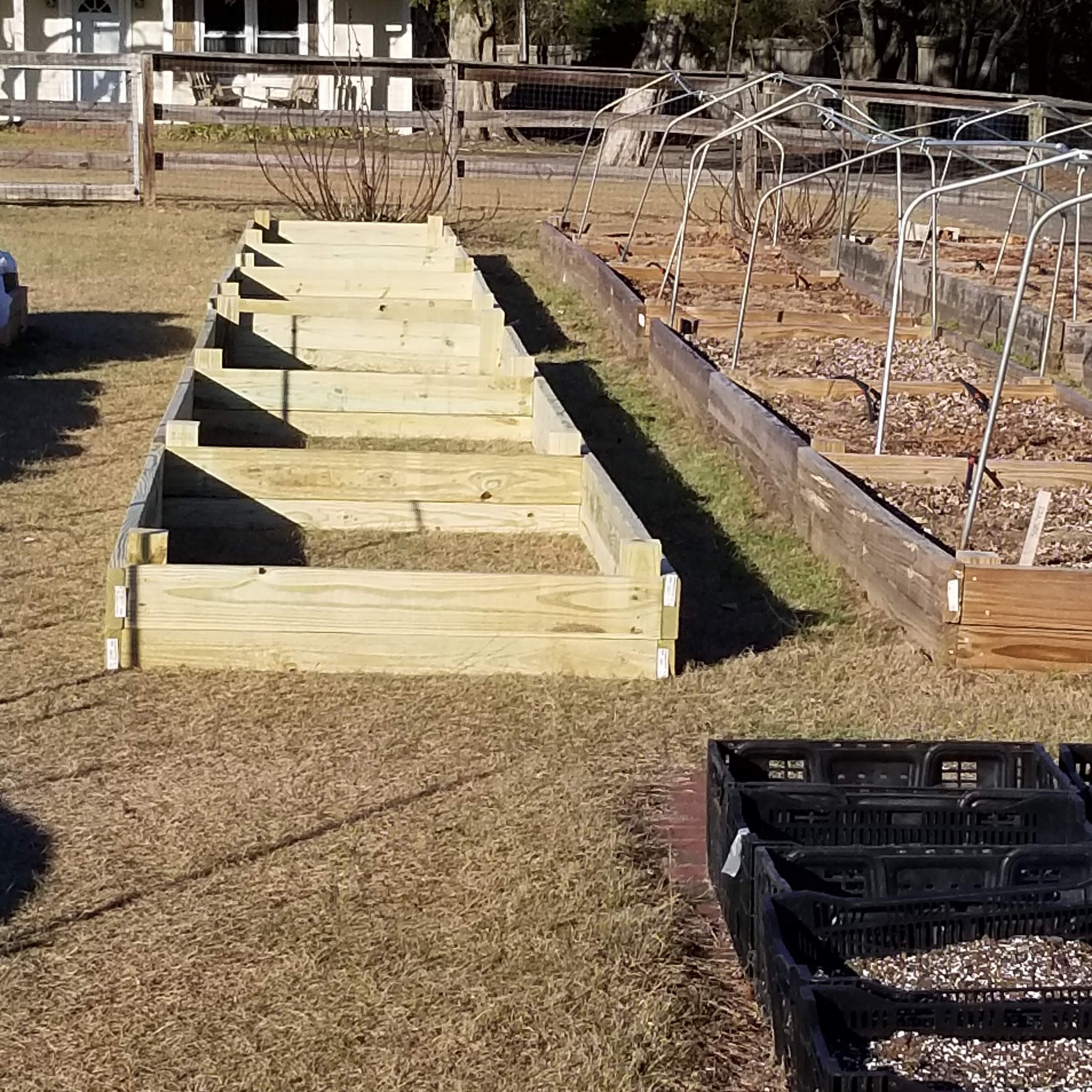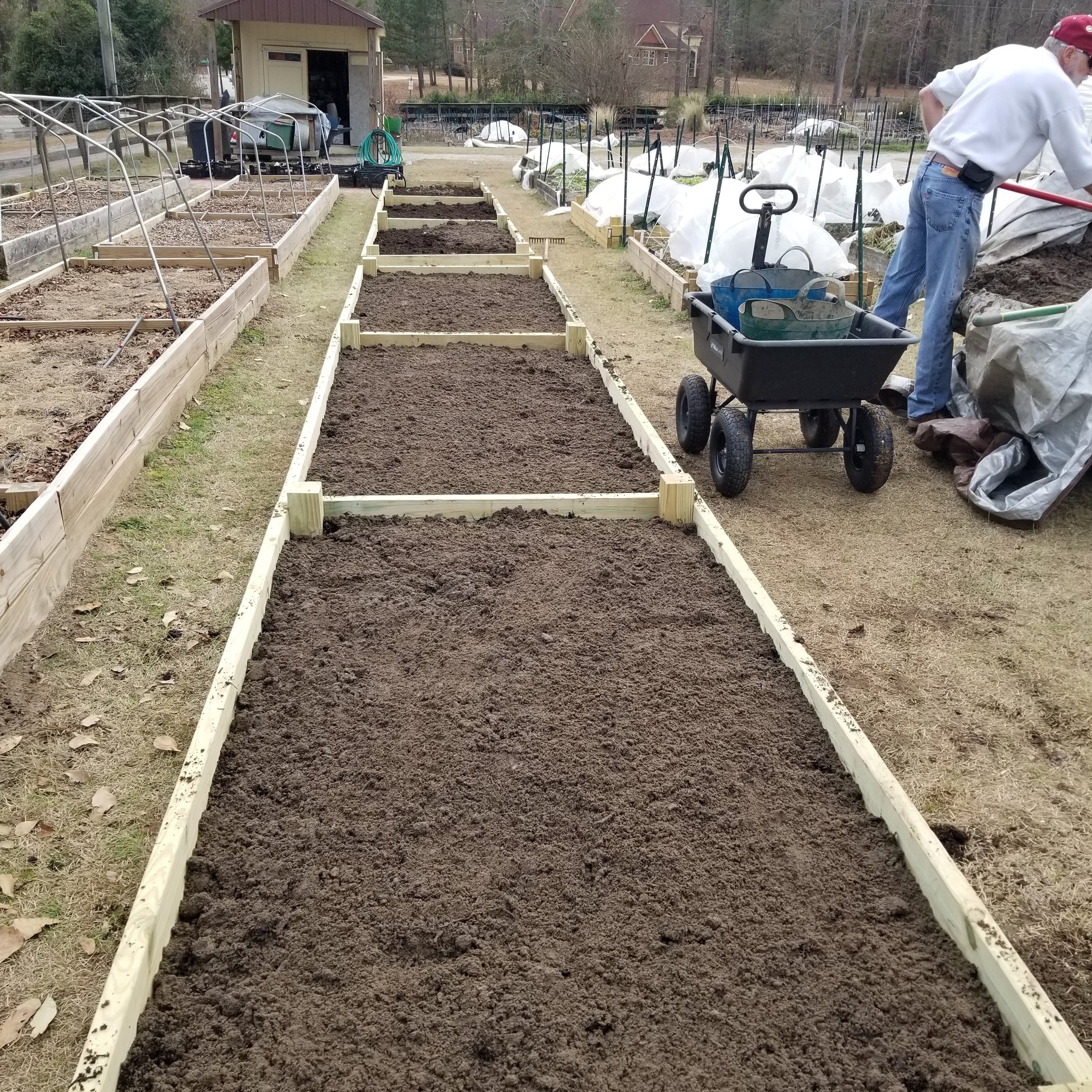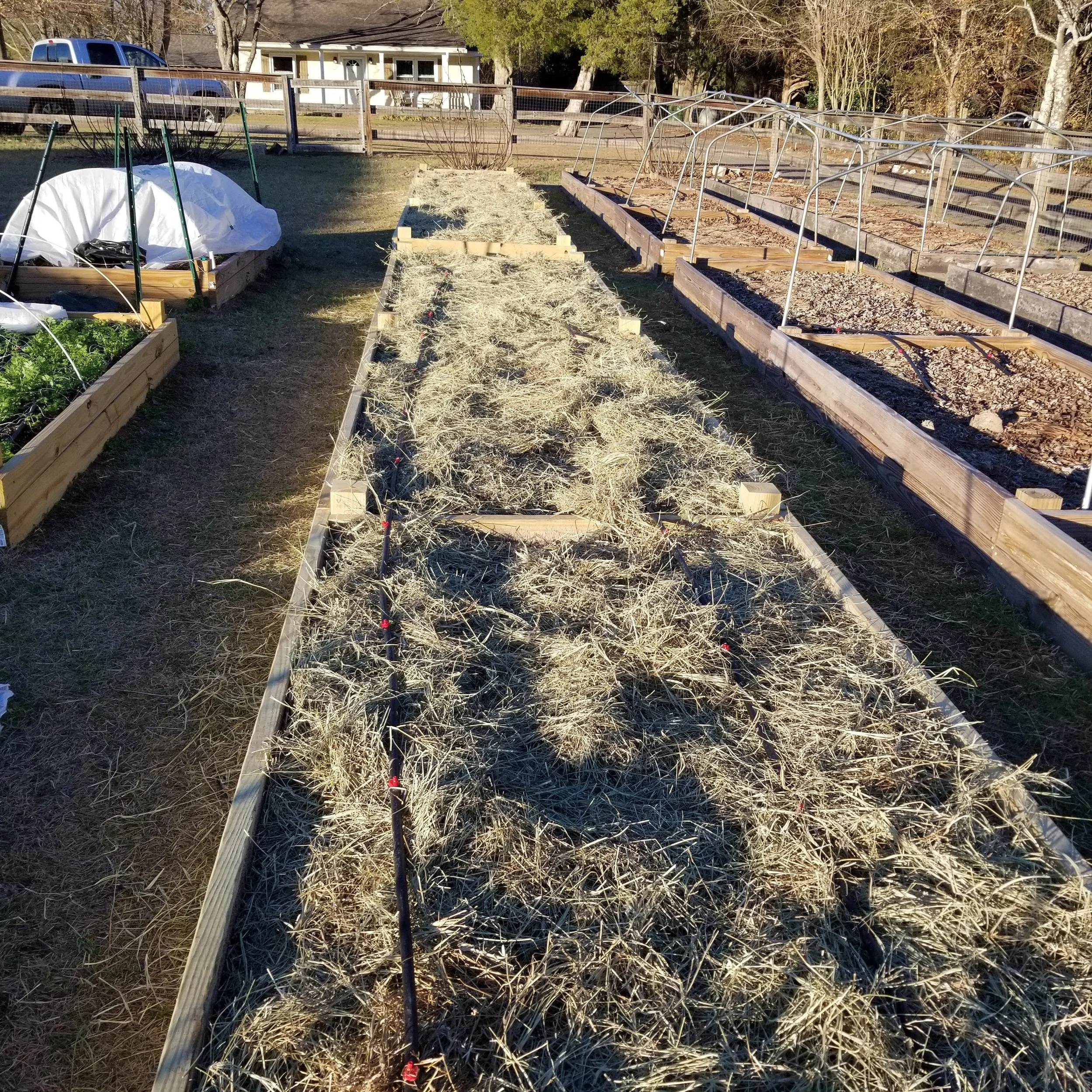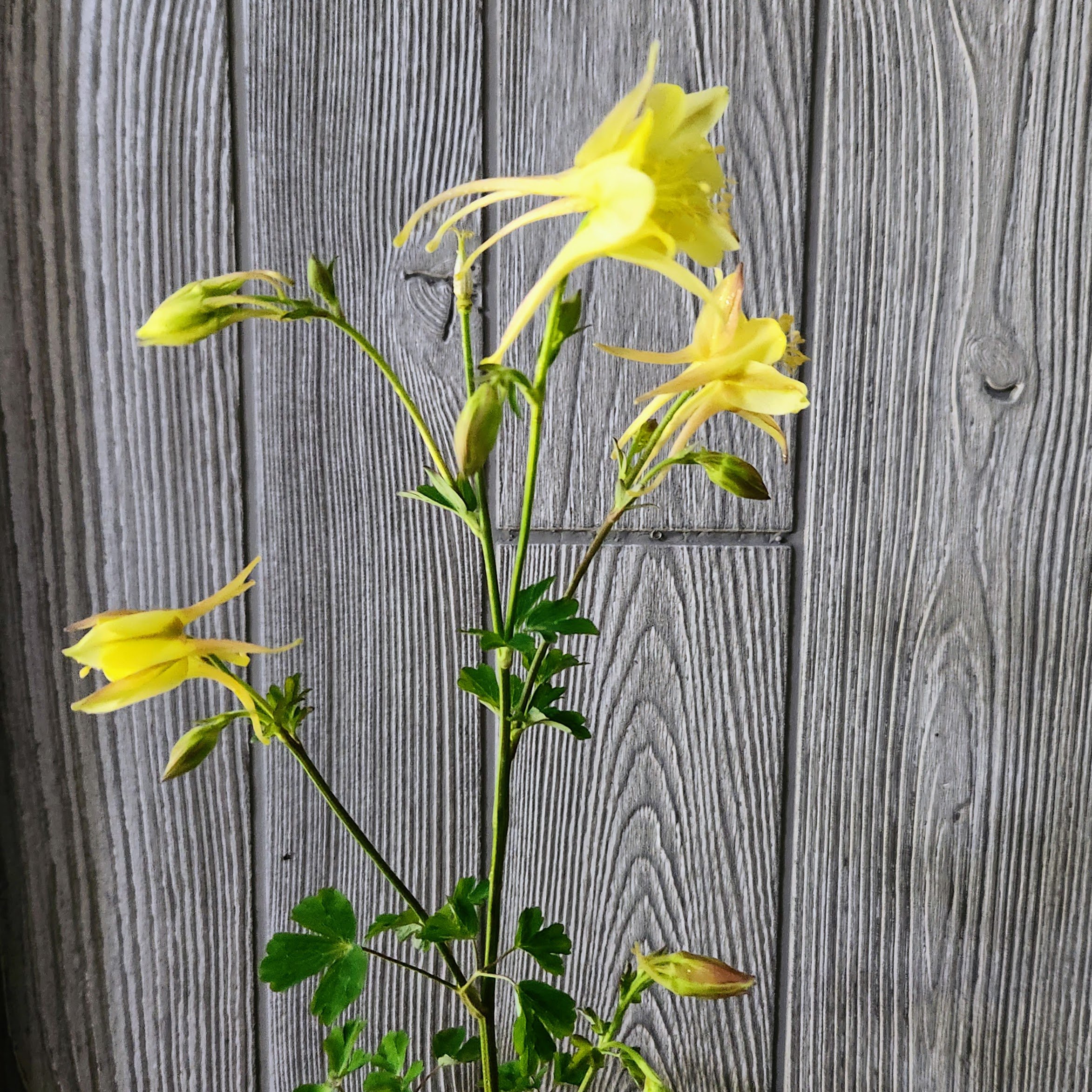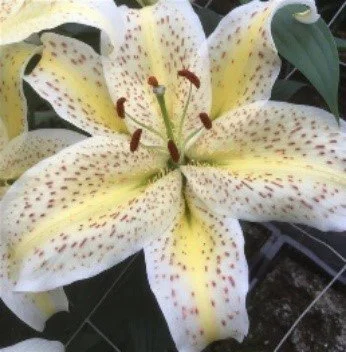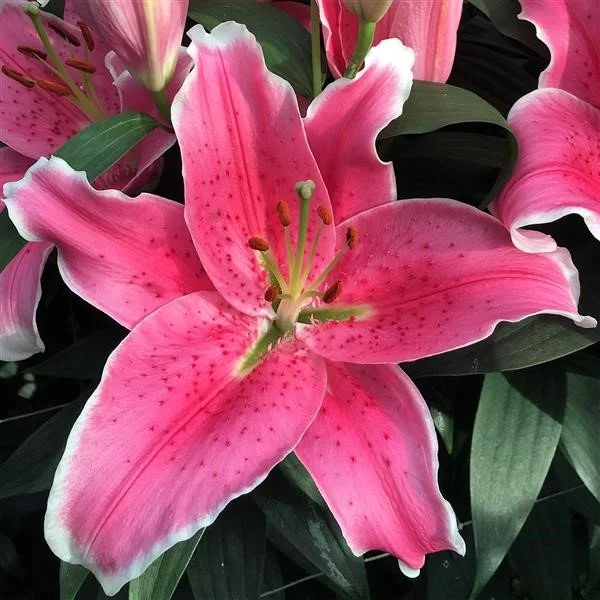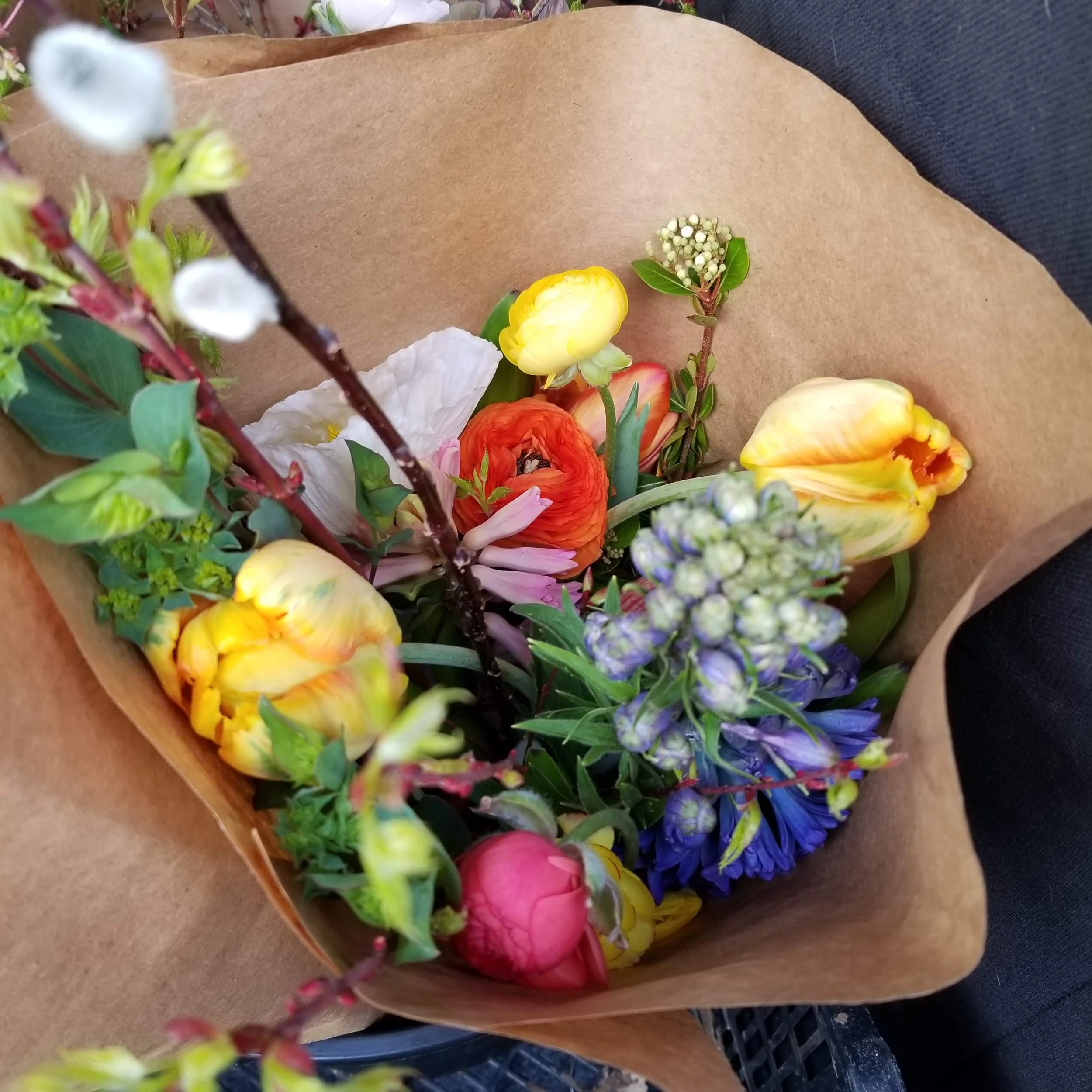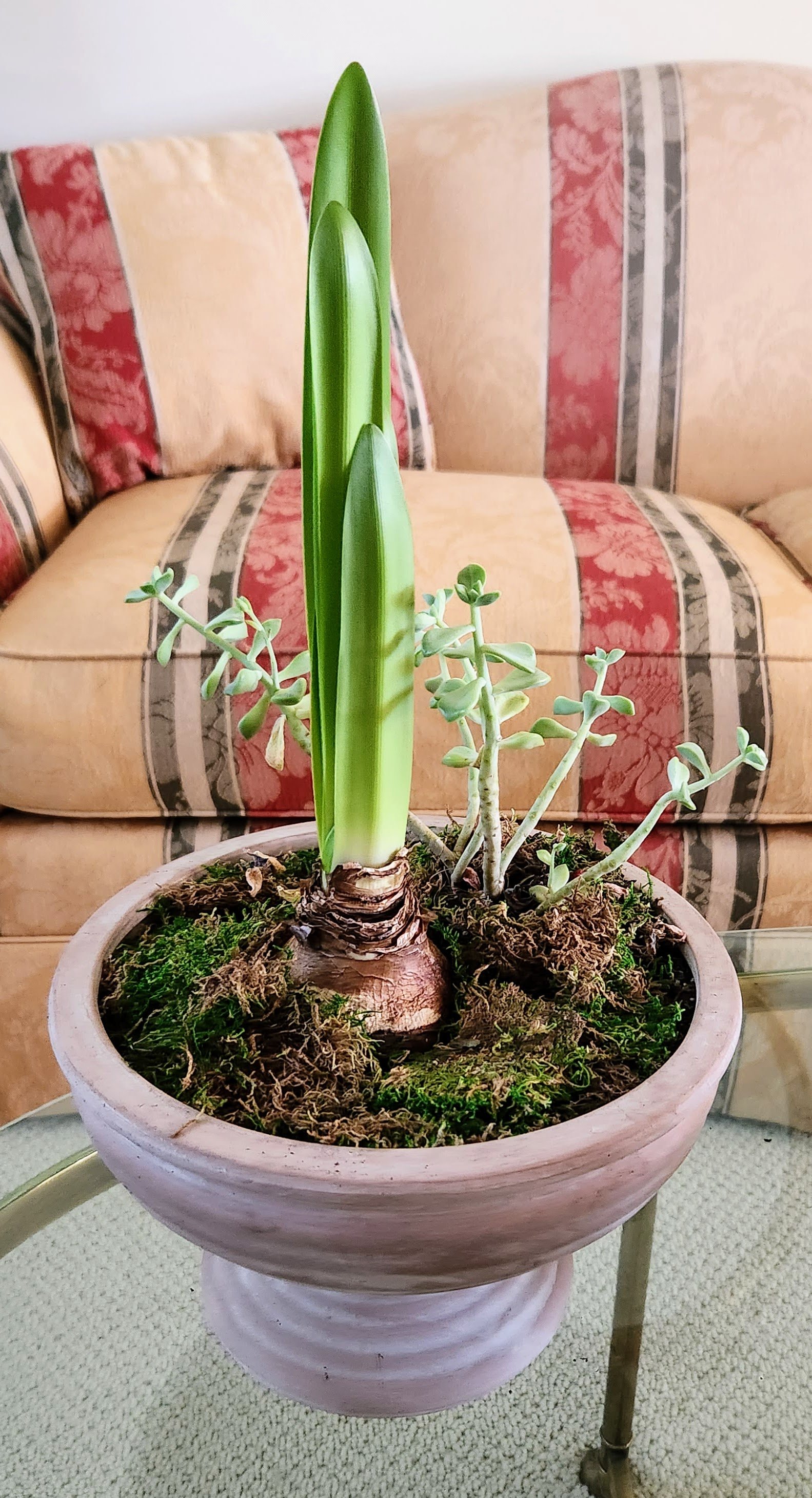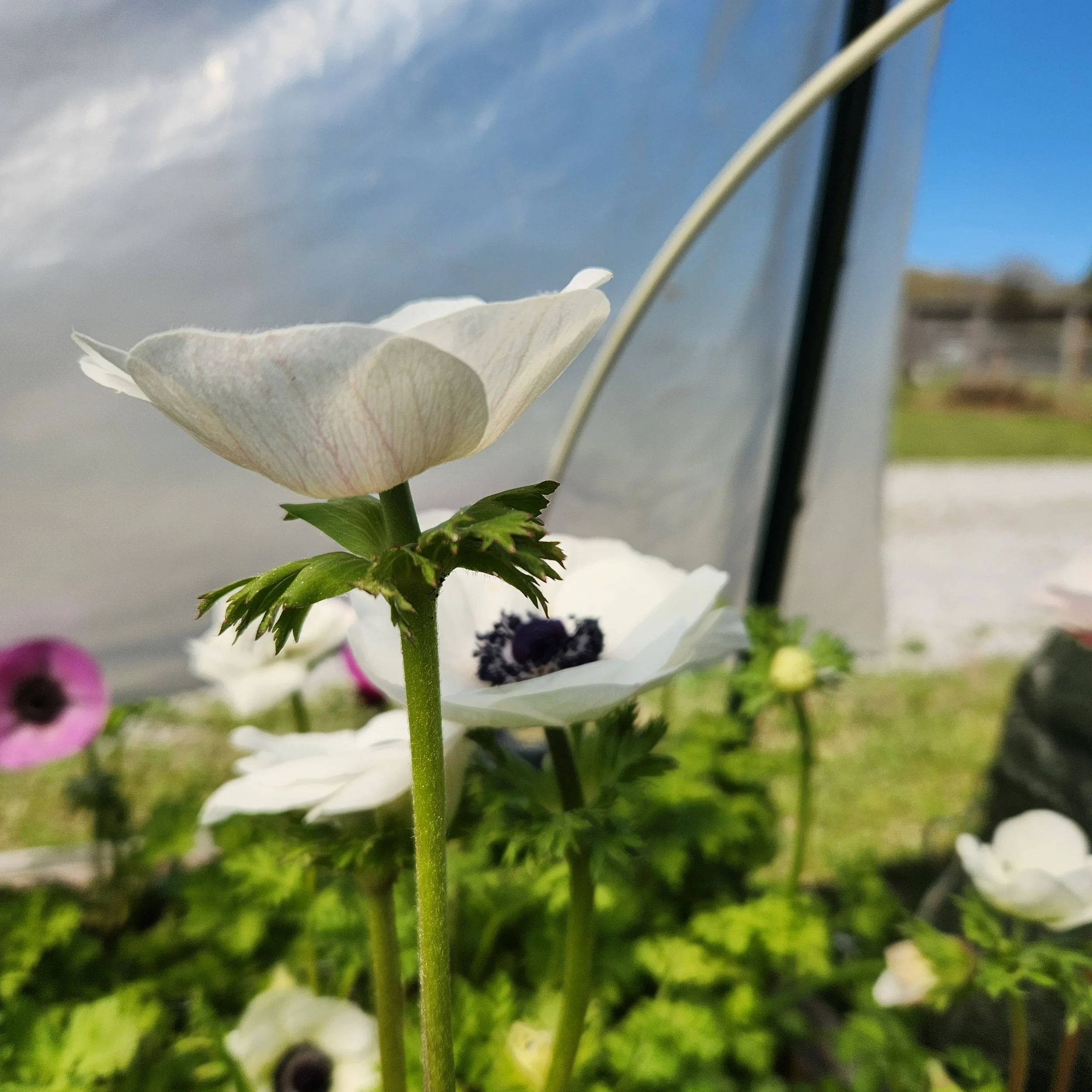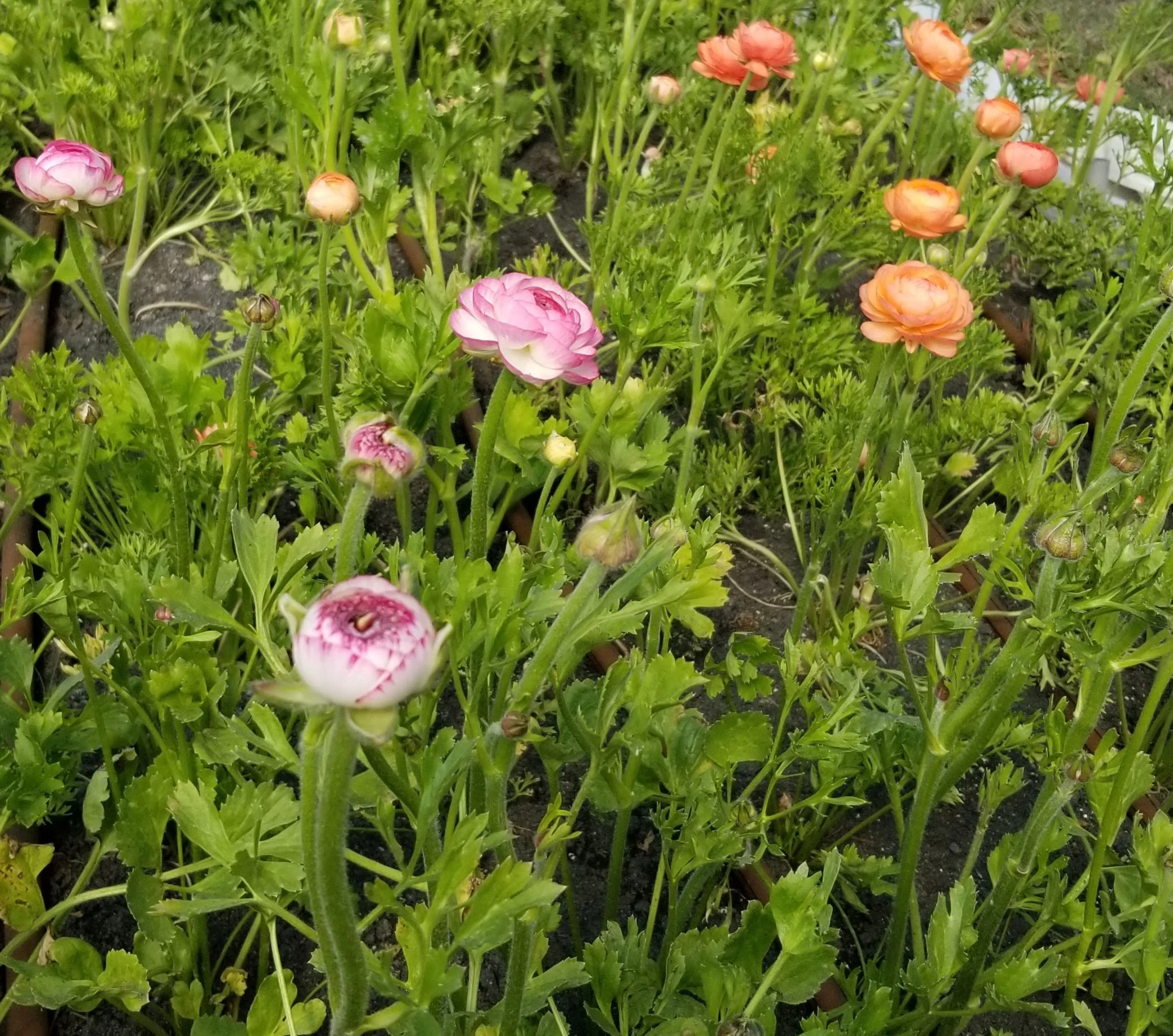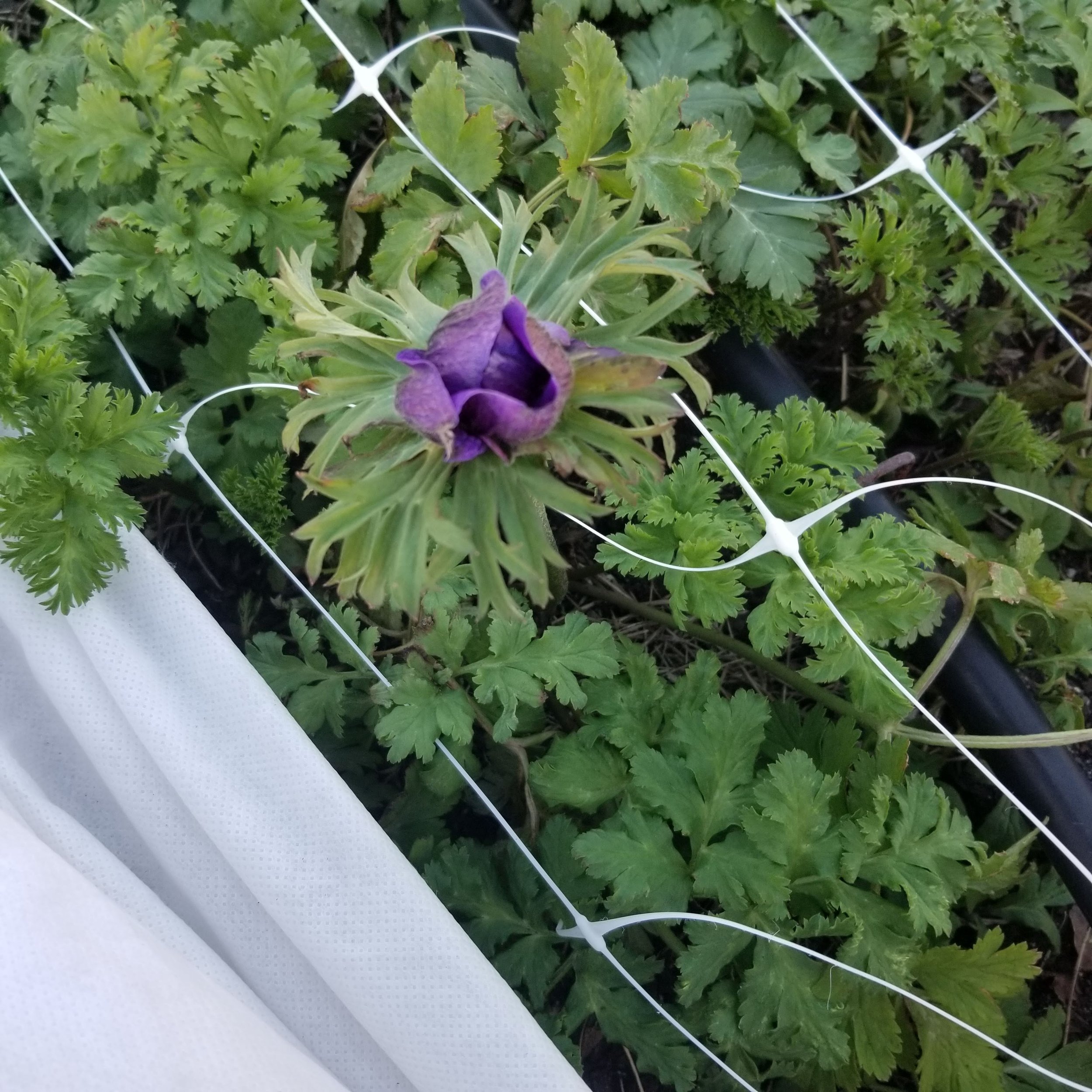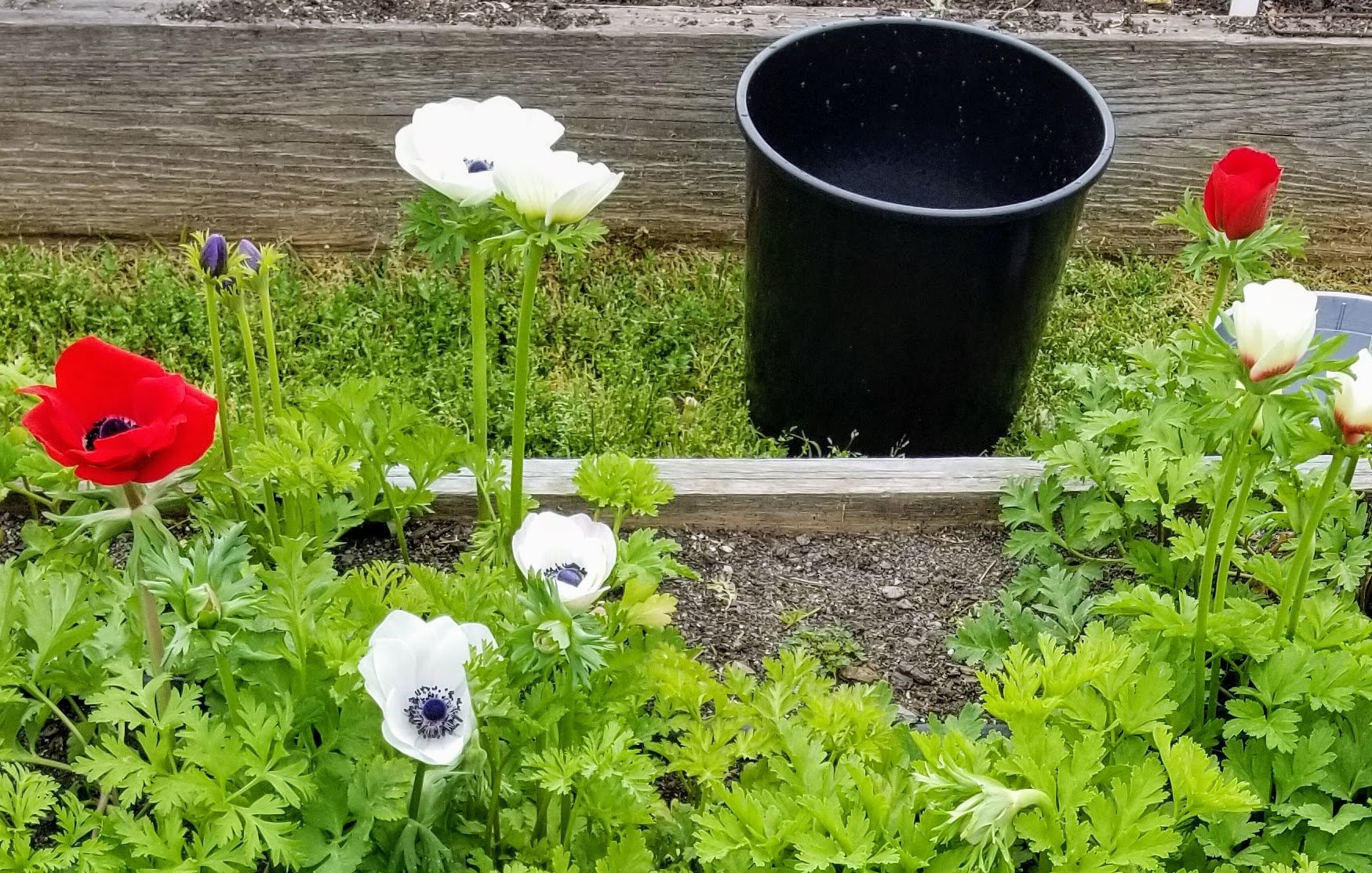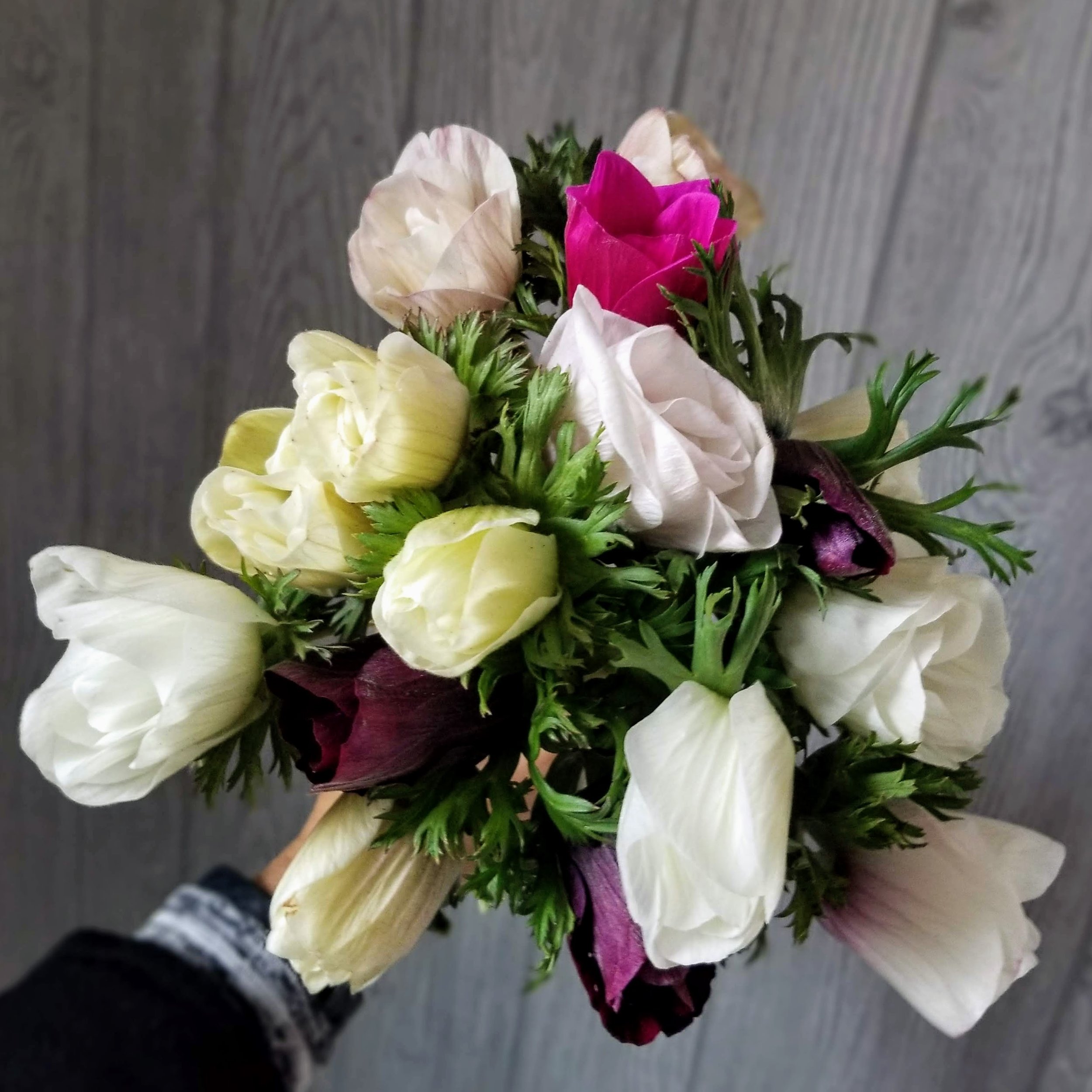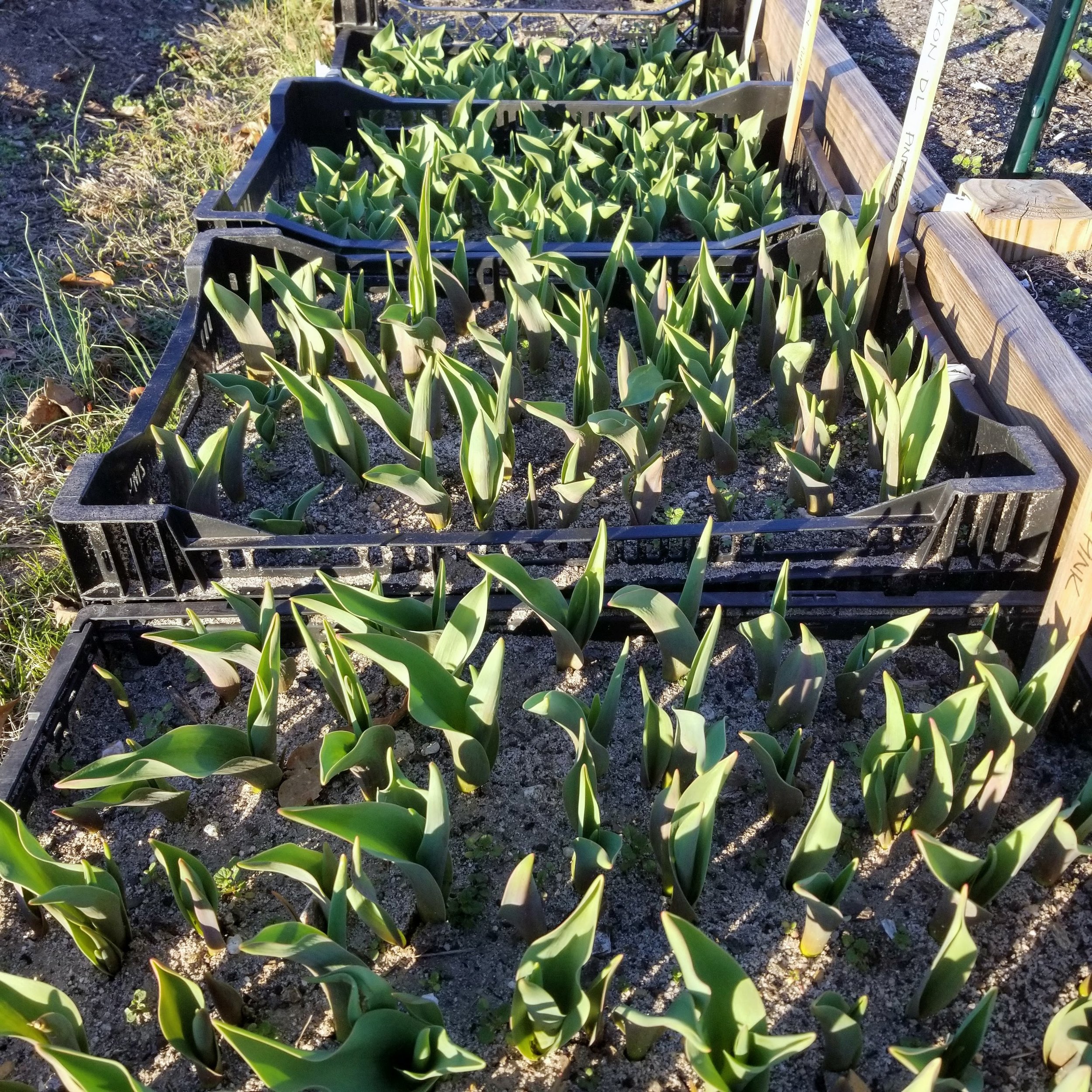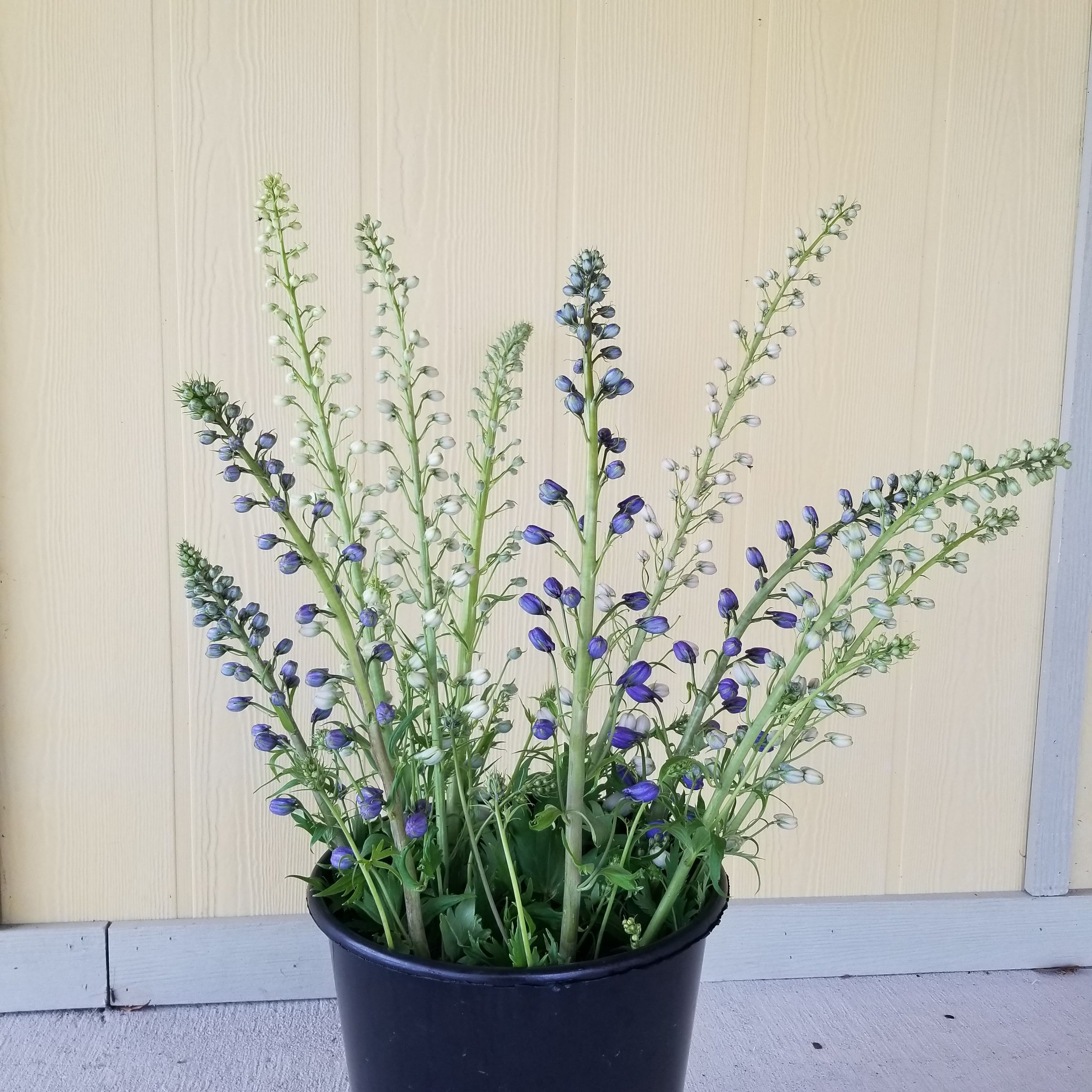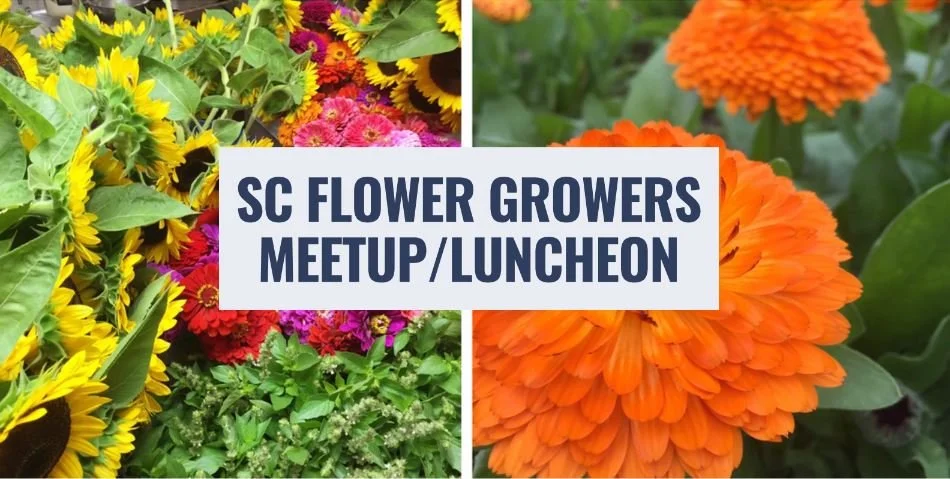Growing Daffodils
Part 3 of our 3-part “Growing Spring Bulbs” Series is about growing Daffodils (Narcissus). Growing daffodils is a relatively straightforward process that can add vibrant early spring color to your garden or vase. If you do a little research, you can find many varieties of daffodils beyond the highlighter yellow trumpet. We only offer specialty varieties that are harder to find and that are also used in our Early Spring subscriptions. So, if you are not a grower but love our subscriptions, we have you covered too!
For this year, we are offering the following 3 varieties of daffodils. The Mt.Hood trumpet came highly recommended by Bets Daniels of Columbia, SC on one of our Facebook posts. She said that her mother grew them and they are plentiful in her yard. Order yours and two other beauties on our website www.purpletuteur.com/spring-bulbs
Need to Know- Daffodil Basics
Daffodils need some cold weather to grow correctly, so not all varieties are suitable for the South. We select only those that do well in our Zone 8 climate (limited cold required) and that have sufficient stem length to work in a vase arrangement. Everything that does well in the South also does well in the cooler zones, 3-7. I don’t recommend them for warmer zones, 9-10.
If you are a beginning gardener, daffodils are a great place to start. They are the most economical bulb because they are easy to grow, multiply in the ground and have limited pests. The flowers are long lasting in the garden or in a vase. They can stand on their own in a vase for a pretty, daffodil only arrangement.
As a more seasoned grower, these specialty varieties can add more color and texture to your existing garden. They offer color when little else is blooming.
The step by step to growing daffodils in your garden
1. Select the proper location: Daffodils need well drained soil and partial to full sunlight. The pink/soft orange varieties do better with a little shade.
2. Planting time: Plant in fall or early winter so that the roots can get started growing before bloom season.
3. Bulb planting and spacing: If you have just a few bulbs, dig a hole 4-6 inches deep for each one. Keep the bulbs 6 inches or more apart so they have room to multiply. For larger quantities, dig a trench and spread the bulbs out in the trench. Place the bulbs pointy side up and cover with soil
4. Water thoroughly after planting. This helps remove any air pockets in the soil and helps the daffodil begin the process of developing its roots
5. Cover with mulch. Mulch will help retain moisture, deter weeds and keep an even soil temperature.
6. Fertilize in spring with a bulb fertilizer. No need to fertilize when planting. The bulbs won’t be ready to take up any nutrients until the roots are formed. We use Espoma Bulbtone for all our bulbs.
7. Maintenance: Remove spent blooms (not the leaves) from the plant. This helps it use more of its energy to grow a bigger bulb for next year. Let the foliage die back naturally for the same reason. Remove brown foliage.
8. Division. Bulbs are busy making more bulbs under the soil. They can become crowded. They need to be dug and separated every 3 – 5 years after the foliage has turned brown. You will know that it is time to divide when the leaves come up and no flowers bloom. You can wait for that, but you can proactively divide every 3 years to have continuous blooms.
9. Harvesting : If you want to take some of these lovely blooms indoors, you can harvest them in what is known as the “gooseneck” stage. This is when the bud is colored and bent over, not yet opened. They will open in the house. By harvesting at this stage, no insects or harsh weather will have a chance to damage the petals.
Daffodil at gooseneck stage, ready to harvest
We hope that you have enjoyed this three part series on growing spring bulbs. Will you give them a try? Do you have any other favorites that also do well in warm climates? We’d love to hear from you.
Best,
Linda
